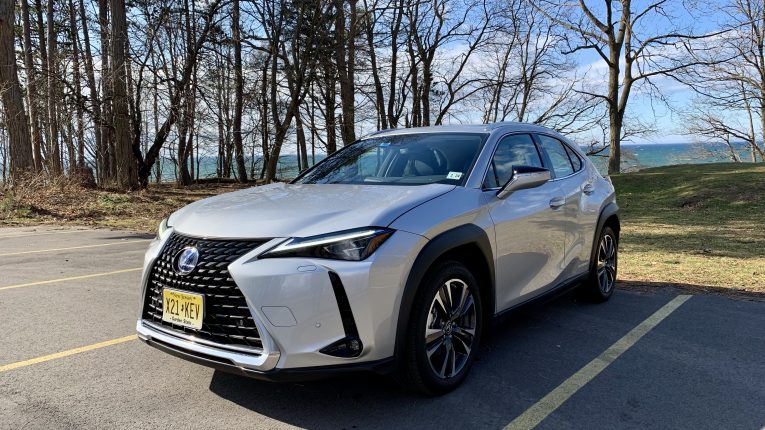
Road Test: 2019 Lexus UX 250h
Lexus knows the compact luxury segment is heating up and wanted to show it’s muscle by bringing the 2019 UX to the game. It offers the brand’s innovative luxury and safety in a package that combines new design elements and ultra-efficient new powertrains.
Lexus predicts that the UX will not only be the first Lexus for many buyers, but also their first luxury vehicle. The name is derived from the design team’s guiding concept and describes the vehicle’s mission: Urban + X-over (crossover) = UX.
The 2019 UX is the first Lexus constructed on the new Global Architecture Compact (GA-C) platform. A lightweight yet super-rigid structure, extremely low center of gravity and refined suspension tuning give the UX excellent handling and yet a comfortable ride. It’s nimble yet soft–excellent characteristics.
On the outside, the UX is a leap forward in the compact luxury crossover segment. The signature grille, though sharing its basic form with other Lexus models, is unique to the UX. It features a new block-shape mesh pattern with individual elements that gradually change in shape as they radiate out from the central Lexus emblem. The grille creates an intriguing three-dimensional appearance that changes with the viewing angle.
The headlamp design completes the UX’s face. LED daytime running lights arranged in an arrowhead shape above the headlights complement the Lexus L-shaped lighting signature. They look like eye brows above the ultra-small 3-projector LED units that flood the road ahead at night, made even better with automatic high beams.
The full-width rear lights project a distinctive nighttime signature formed by a sequence of 120 LEDs tapering toward the center, measuring just 1/8” thin at its narrowest point. It looks like an aircraft ready for take-off at night!
The wheel arch moldings that protect the body from flying rocks also reduce turbulence and lift, contributing to the vehicle’s stability at higher speeds.
A similar contribution is made by the rear combination lamps. Unique Aero Stabilizing Blade Lights begin at the top of the rear fenders and span the rear. By guiding airflow around the rear of the UX, this design improves driving in crosswinds.
The wing spoiler at the rear edge of the roof, along with a flat underbody, contribute toward a quieter cabin and fuel economy improvements.
Lexus designed the UX cabin to evoke the feel of a luxury sedan, but with the higher seating position and versatility experienced in a crossover. The materials and workmanship are pure Lexus, combining Japanese traditions in craftsmanship and hospitality with innovative production techniques.
At the same time, the UX interior design creates a sense of security suggested by the exterior’s inspiration. As one example, the form of the interior door shoulders evokes a robust frame, expressing a secure feeling inside the vehicle.
Designers created a feeling of seamless continuity inside the UX. A traditional Japanese concept called engawa, creates an effect where the upper section of the instrument panel appears to extend out beyond the windshield into the fenders, giving the driver an excellent field of vision and a clear sense of the vehicle’s dimensions and tire placement. The engawa effect makes parking in small spaces an easier task. When viewed from outside the vehicle, the hood appears to connect directly to the instrument panel through the windshield, blurring the boundary between interior and exterior.
Entering and exiting the UX is made easier through optimal placement of the hip-point and unique shaping of the seat cushion. The human-centered approach shows clearly in the instrument panel’s low, unobtrusive design and the slim A-pillar moldings, which are shaped to improve visibility. Even with a higher seating position than a standard passenger car, the reduction in distance between the hip and heel points gives the UX driver a feeling of being closer to the road than in a conventional SUV.
Typical of Lexus, the UX offers a very quiet driving experience with aerodynamic and engineered features to reduce common noises for drivers and passengers.
The UX makes the driver feel more in touch with the road thanks to a “seat-in-control” concept. Critical vehicle functions are grouped around the driver’s side of the cabin, and the seatback shape allows the driver to operate them while maintaining a comfortable, natural posture.
The 8-way power adjustable front seats with adjustable lumbar support for the driver as well as manual forward/backward adjustment for the headrests is fantastic. Front seat cushions use springs and foam specially designed to gently envelop occupants while uniformly dispersing pressure under the occupants’ sciatic area.
Lexus luxury extends throughout the UX cabin. The leather-trimmed three-spoke steering wheel and analog clock come from the Lexus LS, for example, and Lexus Climate Concierge, as used in other Lexus models, automatically links heating and cooling airflow with the heated and ventilated seats to optimize interior temperature comfort. Renowned Lexus attention to detail is also evident in a headliner design that eliminates distracting shadows at the windshield header, as well as control switches with a signature “Lexus feel.”
The instrument cluster is made of a 7-inch display digitally creates realistic, analog gauges in a three-dimensional space.
The Lexus Remote Touch Interface (RTI) with haptic feedback in the 2019 UX is designed to feel as familiar to use as a smartphone. The RTI utilizes intuitive operations, such as double-tapping and flicking, to mimic common phone gestures. Frameless construction eliminates edges, and a special coating on the touch pad surface lets fingers easily slide over it while minimizing the appearance of fingerprints. The touchpad can recognize numbers and block letters when typing a search name. Touchpad surface haptic vibrations indicate to the user when the cursor is moved, making it easier to align the cursor with the desired function button.
A switch at the base of the touch pad can call up an operation screen with related functions, such as air conditioning and navigation, enabling easier access without going through menus. In a unique touch of high-tech elegance, the Lexus logo on the pad surface is backlit at night.
Lexus designers created a cabin atmosphere with a “wow factor” and depth of quality that will be especially apparent to those buying a luxury-brand vehicle for the first time. LED cabin lighting is one example; white LEDs illuminate the front footwells, glovebox and console switches, and also serve as the dome light, map lights and cargo area light.
As another example, each of the UX’s air vents uses a new single-knob control for airflow direction and volume; by combining the two functions in a single control, the air passages of each vent could be enlarged, improving airflow while reducing noise.
Fold-down grocery bag hooks remain flush with the side panel surface when not in use. An available hands-free foot-activated power rear gate makes loading the UX more convenient, and standard solid aluminum roof rails allow installation of a variety of accessory carriers.
The UX features newly-developed 2nd–generation run flat tires that are quieter and more comfortable than previous designs, while now allowing driving with a flat tire at speeds up to 50 mph for up to 100 miles.
The 2019 Lexus UX models offer the latest in media and navigation technology. Our 8-speaker upgraded system uses bamboo charcoal speaker diaphragms to reduce mass and deliver natural-sounding voices and improved mid-range sound. The center-dash tweeter, subwoofer mounted in the luggage area and a more powerful amplifier are work together to deliver exceptional sound. USB ports fill the cabin for everyone inside.
The Lexus Multimedia System uses a 10.25″ display and supports Apple CarPlay. For instance, UXs drivers will be able to lock/unlock their doors, start their engine, or check their fuel level, all from the convenience of their smartwatch, Amazon Alexa-enabled, or Google Assistant enabled device. It’s voice controllable too, and compatible with Android or Apple devices.
The Lexus Navigation system features the brand’s latest graphical user interface for greatest ease of use and access to features. In the US, Hybrid Navigation combines onboard map data with the latest satellite information.
Active Cornering Assist (ACA), a function integrated with Vehicle Stability Control (VSC), helps the vehicle trace the driver’s desired line through a turn by applying some brake control on the inside wheels, suppressing the tendency to understeer.
An Electric Power Steering system with a new compact and highly rigid column-assist motor delivers handling with crisp, immediate response to driver inputs, and provides excellent steering feel.
Lexus applied its engineering expertise to the 2019 UX 250h with a new-generation Lexus Hybrid Drive powertrain. With 181 total system horsepower, the UX 250h is the fuel-efficient leader with the best MPG of any CUV and SUV without a plug in the U.S. market. This hybrid provides exhilarating driving with high-speed responsiveness and a feeling of smooth, natural acceleration. The UX 250h is equipped with all-wheel drive standard.
The hybrid system combines the same 2.0-liter four-cylinder gasoline engine found in the UX 200 with two electric motor/generators in a new-generation hybrid transaxle that is more compact, lighter and has less internal friction than previous Lexus hybrid systems. Compared to similarly-sized Lexus hybrids, the power control unit of the UX is more powerful yet 20% smaller and 10% lighter.
Optimizing the level of electric motor assistance and engine RPM produces a linear acceleration feel without the engine having to run at high revs. Engine speed is synchronized with vehicle speed to create an immediate and continuous acceleration feel.
The new transaxle mounts the electric motor-generators (MG1 and MG2) coaxially rather than in-line. The resulting smaller and lighter package reduces frictional losses by 25% compared to the previous Lexus hybrids. In addition, MG2 is now a higher-speed motor, yielding better performance and efficiency.
The Sequential Shift feature delivers responsive engine braking force in 10 steps with a shift feel similar to a manual transmission, using steering wheel paddle shift switches or the S position on the shift lever.
The speed at which the hybrid system can shut off the gasoline engine, such as when driving on long downward slopes, was raised from the 43 mph of previous Lexus hybrids to 71 mph for the UX 250h.
Locating the new compact and lightweight nickel metal-hydride (NiMH) battery and compact cooling system below the rear seat helps maximize cabin and cargo area space, and their location supports the UX’s low center of gravity.
AWD is possible using a separate, dedicated electric motor-generator with 7hp output integrated into the rear differential. Power distribution between the front and rear axles is automatically optimized by the Vehicle Stability Control (VSC) system when accelerating, cornering, or driving on slippery surfaces. AWD provides stable driving on uphill slopes or snow-covered roads with lower fuel consumption than a conventional all-wheel drive system that employs a power split device and driveshaft. AWD does more than assist traction in slippery conditions; the system can actively improve stability by adjusting rear-wheel power to help correct an over- or understeer condition.
The UX 250h debuts Predictive Eco Drive Control, a world-first system that, coupling with the navigation system, learns driving habits, predicts the expected roadway ahead and analyzes real-time traffic reports to optimize charging and discharging of the hybrid battery. The more miles the UX 250h is driven, the more data is gathered to help optimize fuel consumption. (The system can be turned off if desired.)
Also operational with navigation, Predictive Deceleration Support technology uses accumulated knowledge about a driver’s behavior to predict when and where the vehicle is likely to slow down or stop. For example, when the UX approaches a location where the driver has slowed or stopped in the past, and the driver releases the accelerator pedal, Predictive Deceleration Support increases regenerative braking, allowing more efficient energy to be recovered and recharged into the hybrid battery. The system can provide deceleration support up to about 1,000 feet ahead of the vehicle.
Predictive State of Charge (SOC) control for the hybrid battery is a world-first technology that functions on both downhill roads and in congested traffic. Operating when the UX is following guidance from the navigation system, it will predict the route for a distance of up to 6 miles ahead to optimize the conditions under which it can regenerate energy, earning power for future driving.
Here is a real-world example of its benefits: On a long, downhill stretch of road, with the hybrid battery storing a large amount of energy, a full charge could be reached partway down the hill. Beyond that point, any additional regenerated energy cannot be recovered, effectively wasting it. Instead, Downhill SOC control uses gradient information from map data to calculate when a long downhill stretch of road lies ahead and then actively relies on battery-only driving to reduce the level of battery charge prior to that regeneration opportunity. Fuel efficiency improves since the level of battery charging gained on that downhill section is increased.
Conversely, in stop-and-go traffic or low-speed driving, the electric motor is used more, reducing the hybrid battery’s charge. In this scenario, Congestion SOC control uses traffic information from the navigation system to determine if there is any congestion on the planned route. If so, it actively charges the hybrid battery before reaching the congested area, reducing the need of forced engine start to charge the battery in those conditions.
On the safety front, UX features Lexus Safety System+ 2.0 which includes:
- Pre-Collision System (PCS) with Pedestrian Detection
- All-Speed Dynamic Radar Cruise Control
- Lane Departure Alert with Steering Assist
- Lane Tracing Assist
- Road Sign Assist (RSA)
- Intelligent High-Beam headlamps
Other available safety systems include Parking Support Alert (PSA) and Parking Support Brake (PSB). PSA can detect crossing vehicles from the sides and static vehicles in front of or behind the UX when parking over a broader range of conditions than previous clearance sonar or rear cross traffic systems, and uses digital camera images on the center display along with audibles to alert the driver to potential risks.
The PSB system adds active drive force (throttle) and braking control to audible and visual warnings to reduce the possibility of contact with moving objects ahead or behind the UX when parking.
| Summary Scorecard (1-10) | |
| Ride and Handling | 10 |
| Braking | 10 |
| Powertrain and Fuel Economy | 10 |
| Noise | 10 |
| Headlights | 10 |
| Interior Fit and Finish | 10 |
| Seating | 9 |
| Visibility | 9 |
| Gauges and Controls | 10 |
| Infotainment | 10 |
| Crash-Avoidance | 9 |
| Total Score | 97 |
—
Make: Lexus
Model: UX 250h
Trim Level: AWD
Engine: 2.0L 4-Cylinder Hybrid
Transmission: CVT
Options: BSM, Triple-beam Headlights, Navi Pkg, Park Assist, Pwr Rear Door, Premium Pkg
—
Base Price: $34,000
As-Tested Price: $41,975
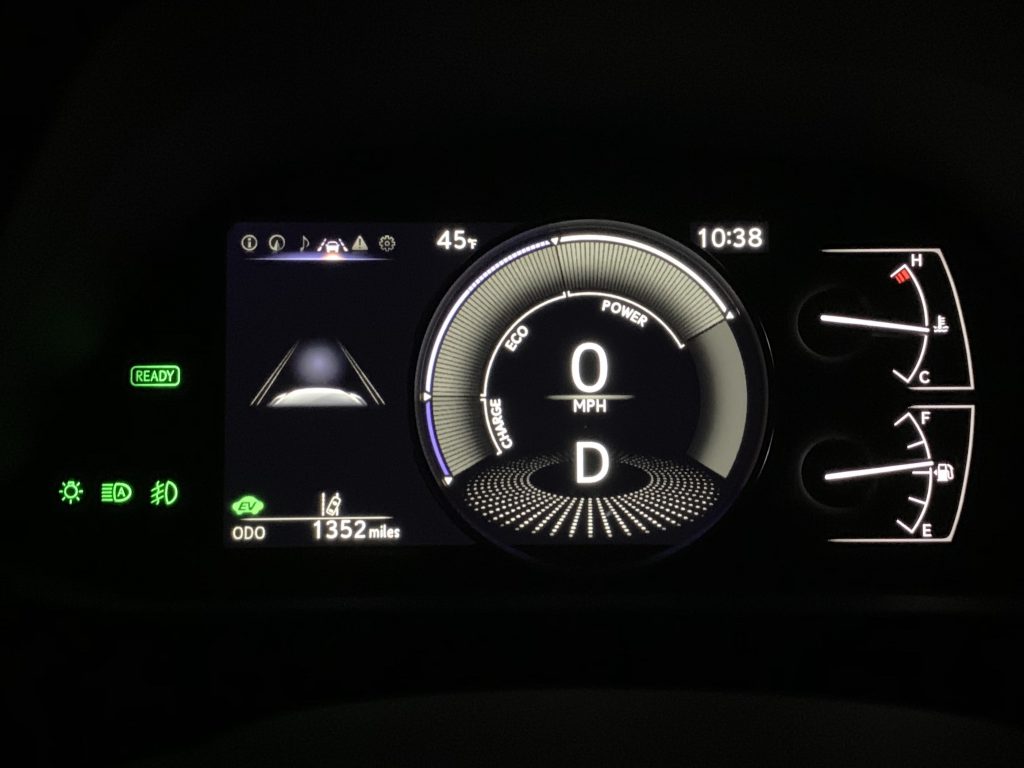
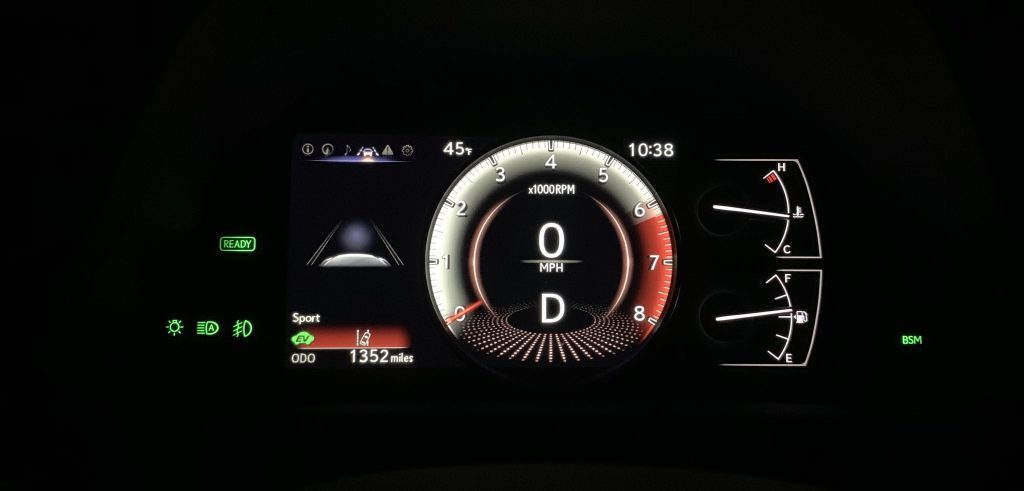
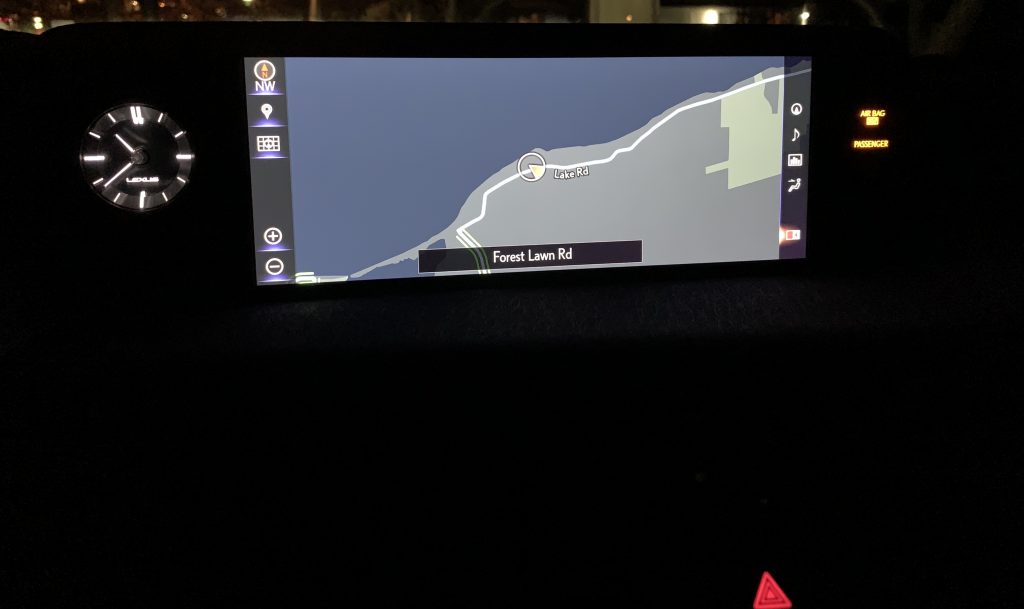
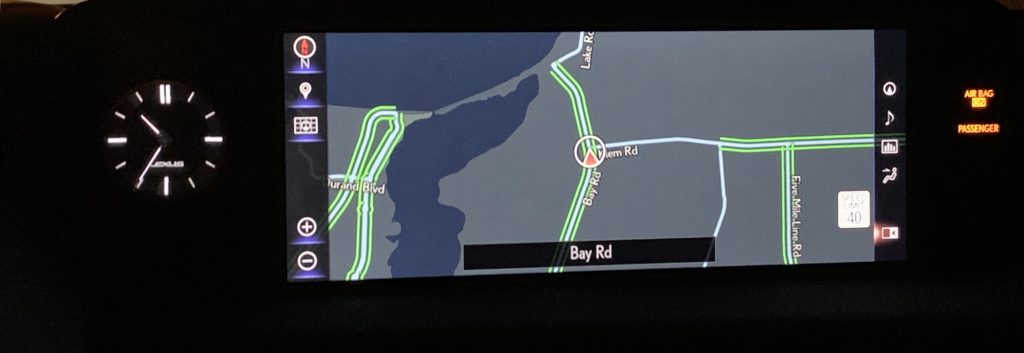
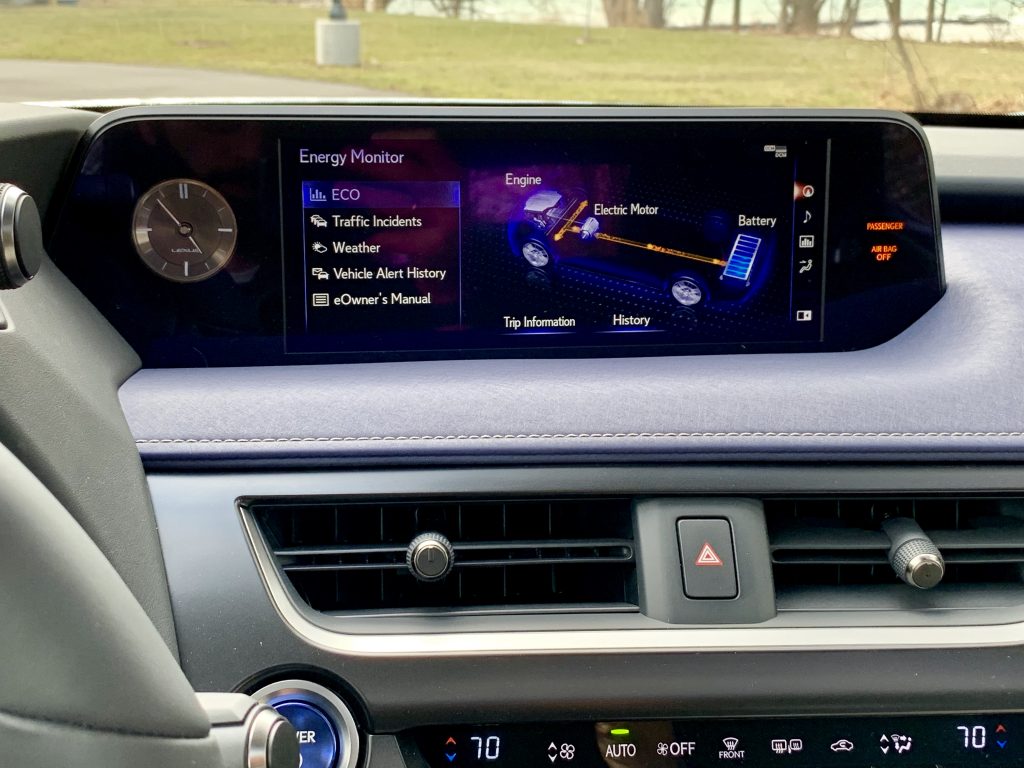
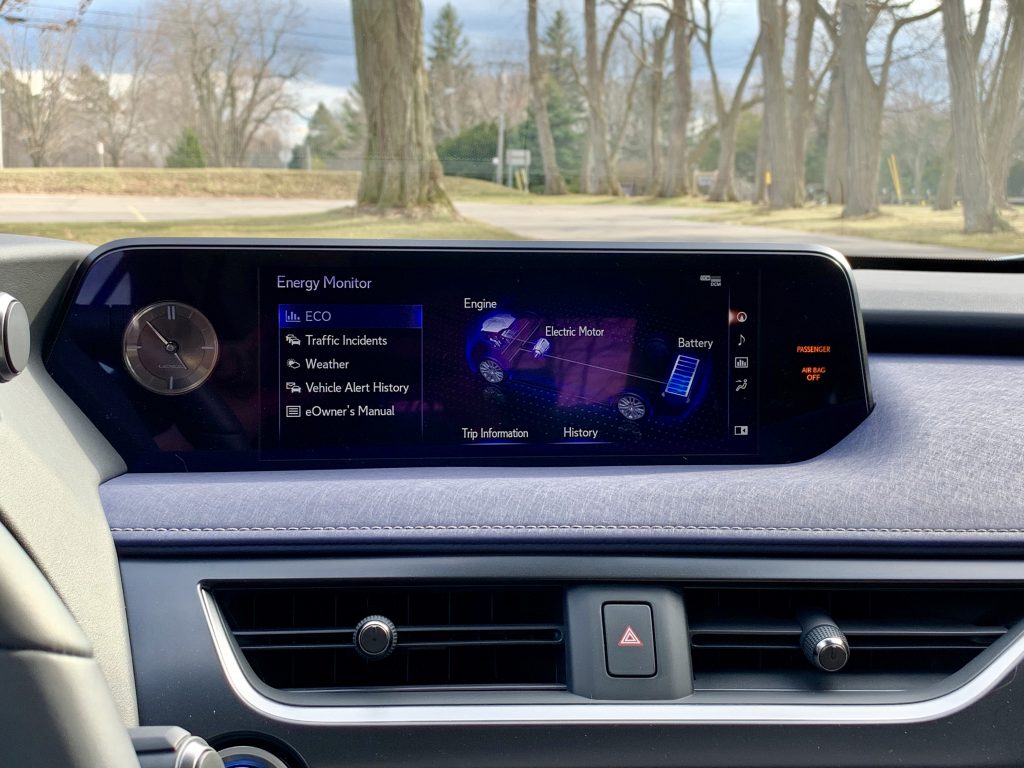
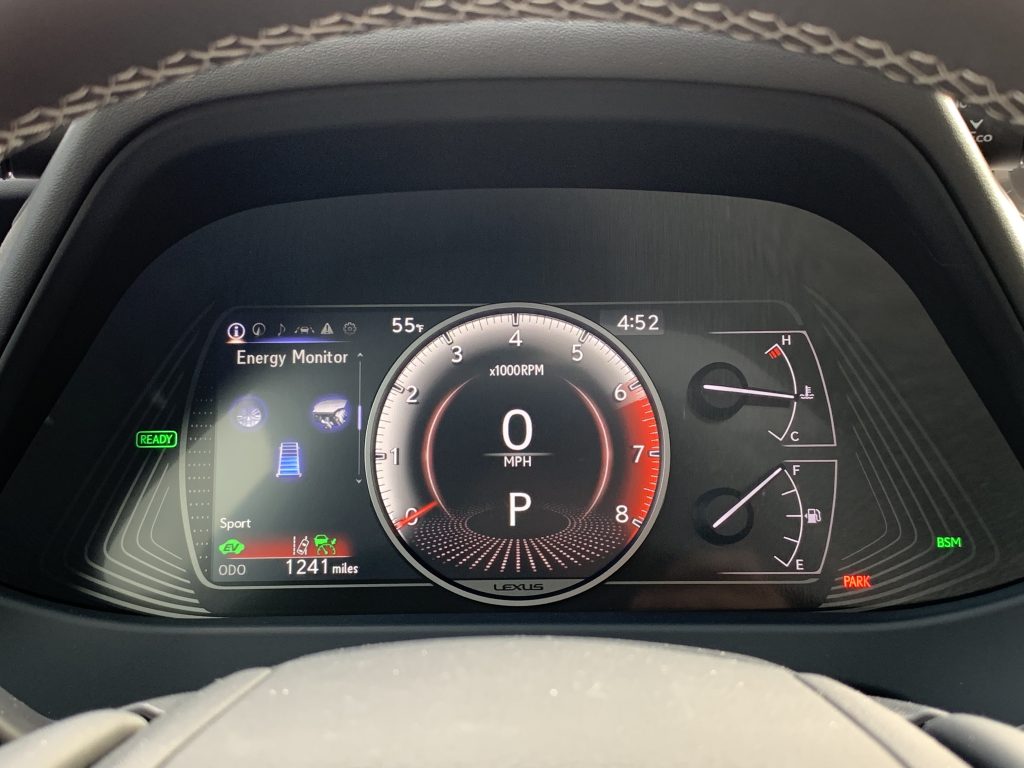
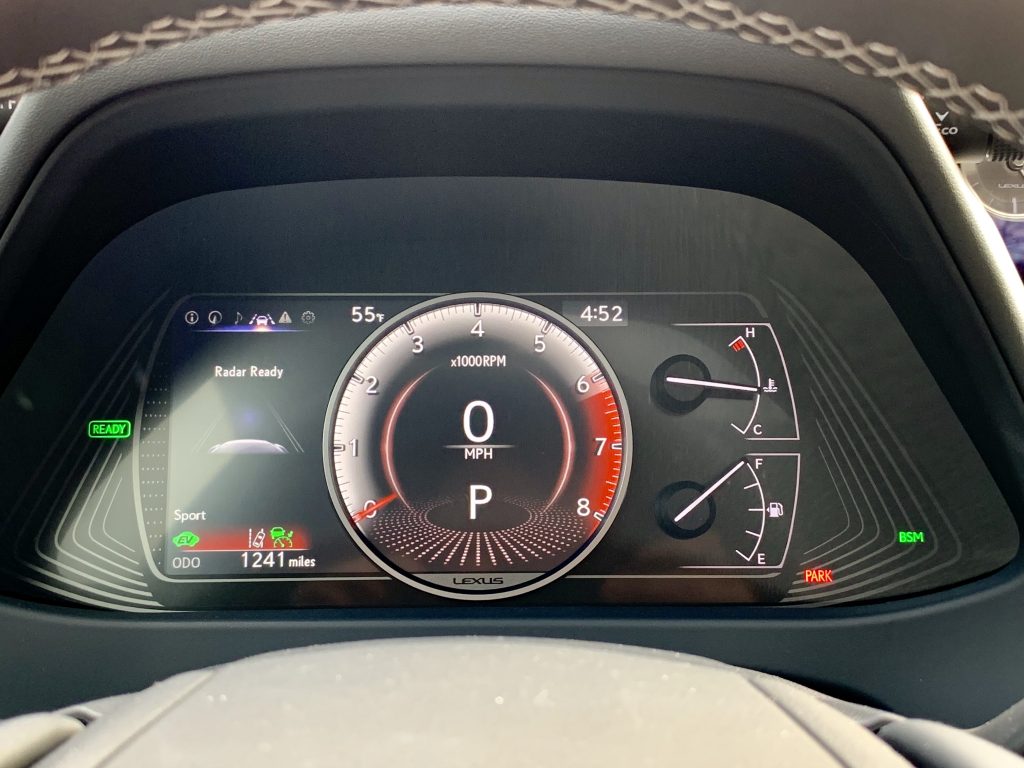
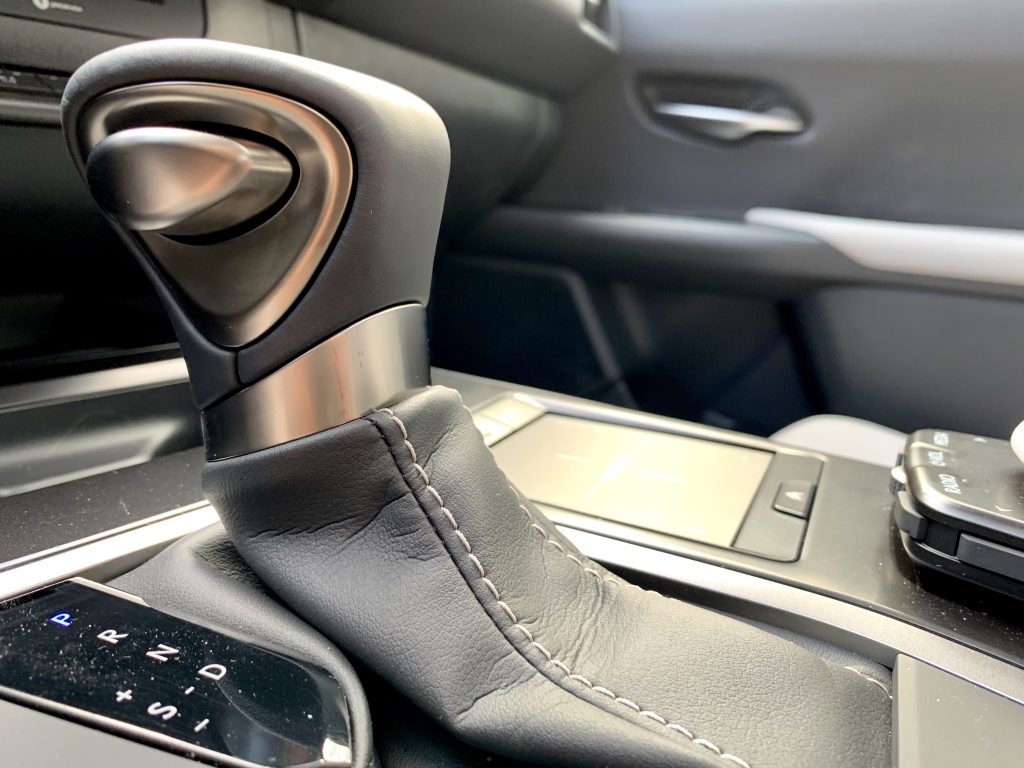
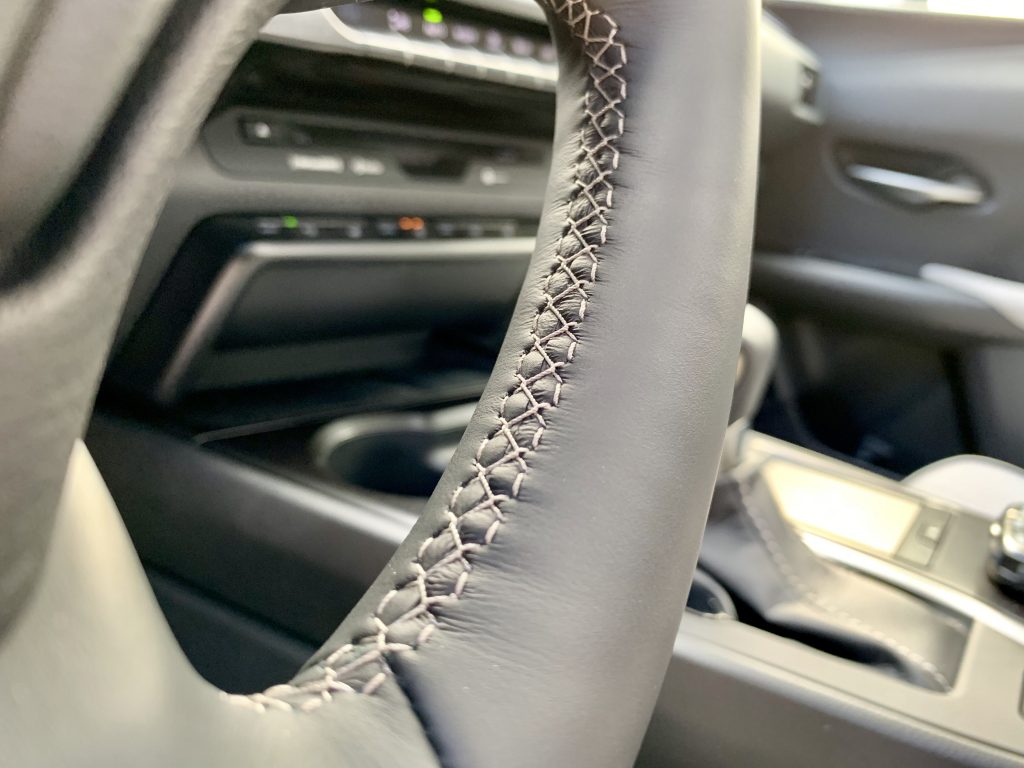
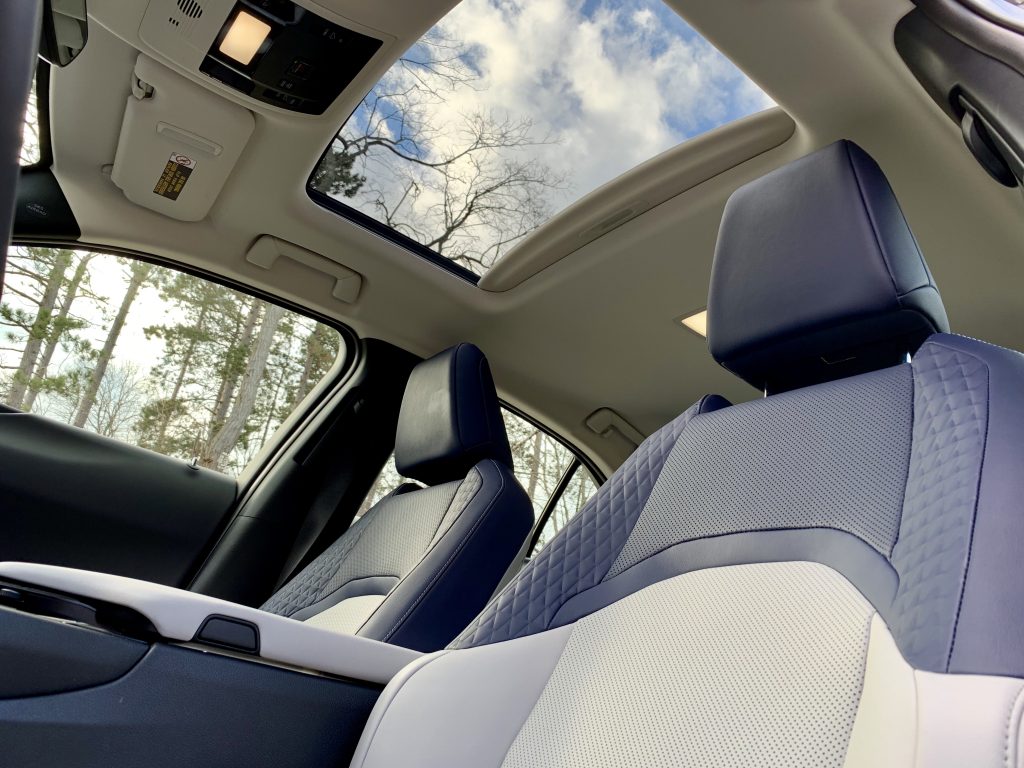
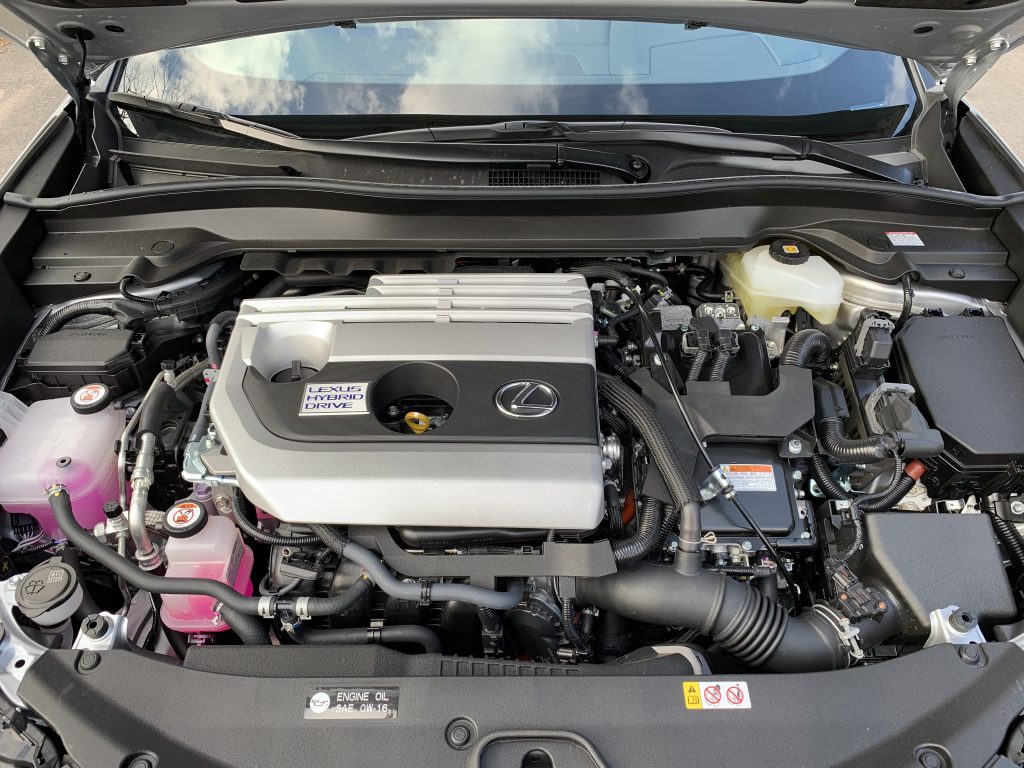
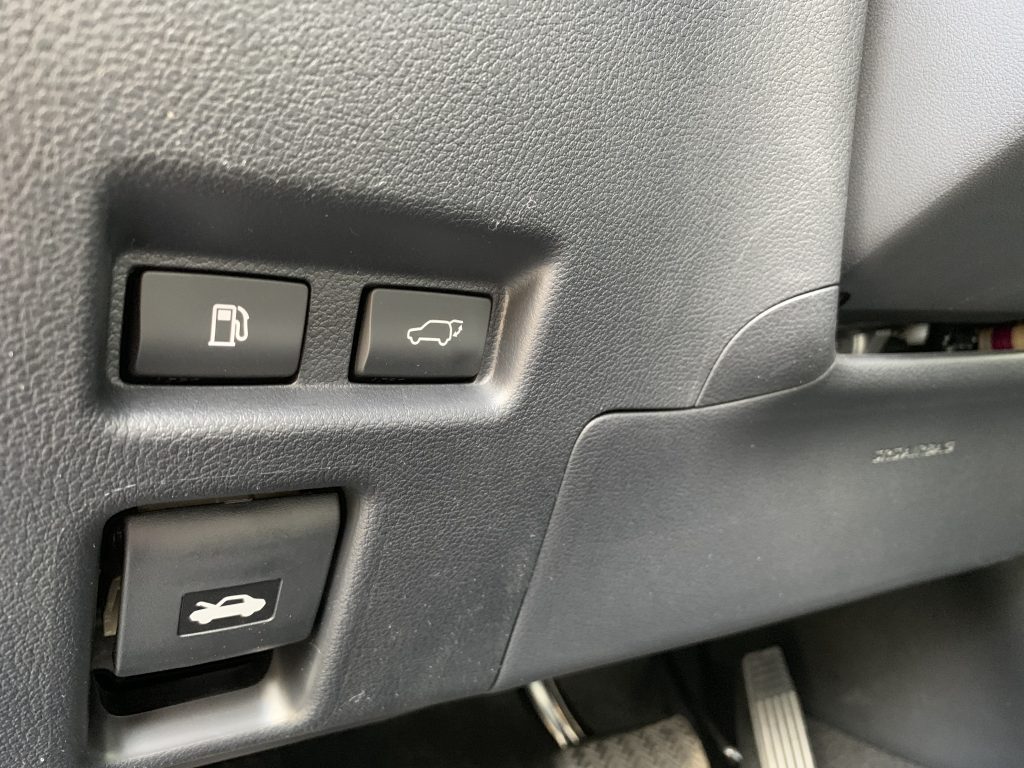
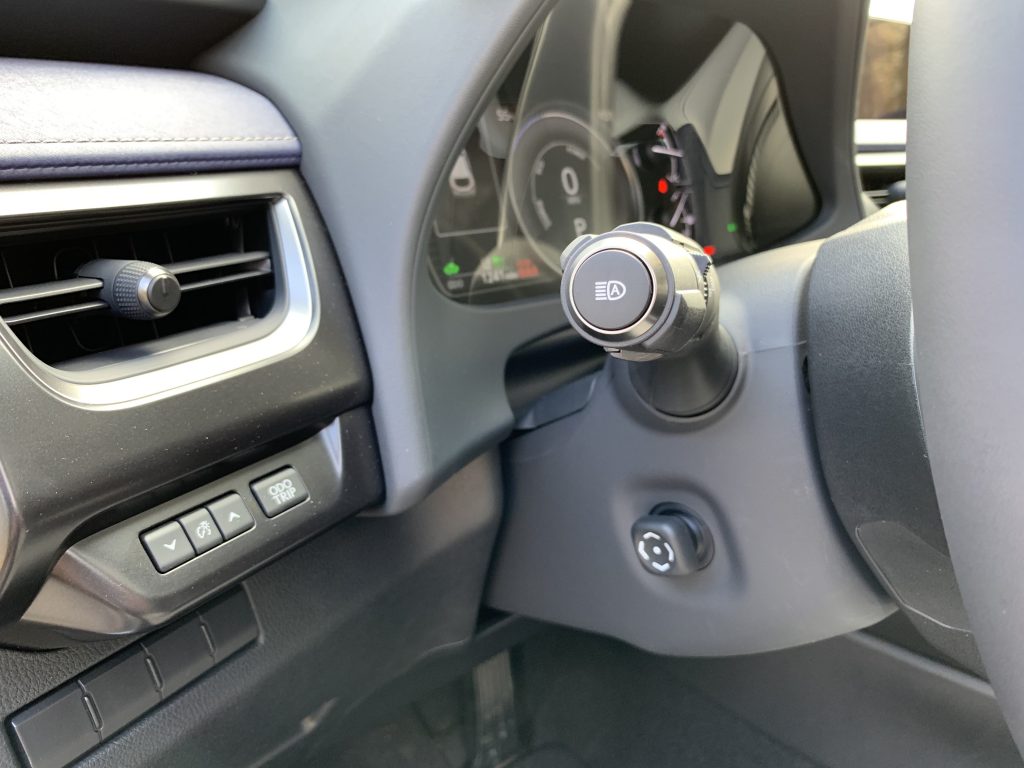
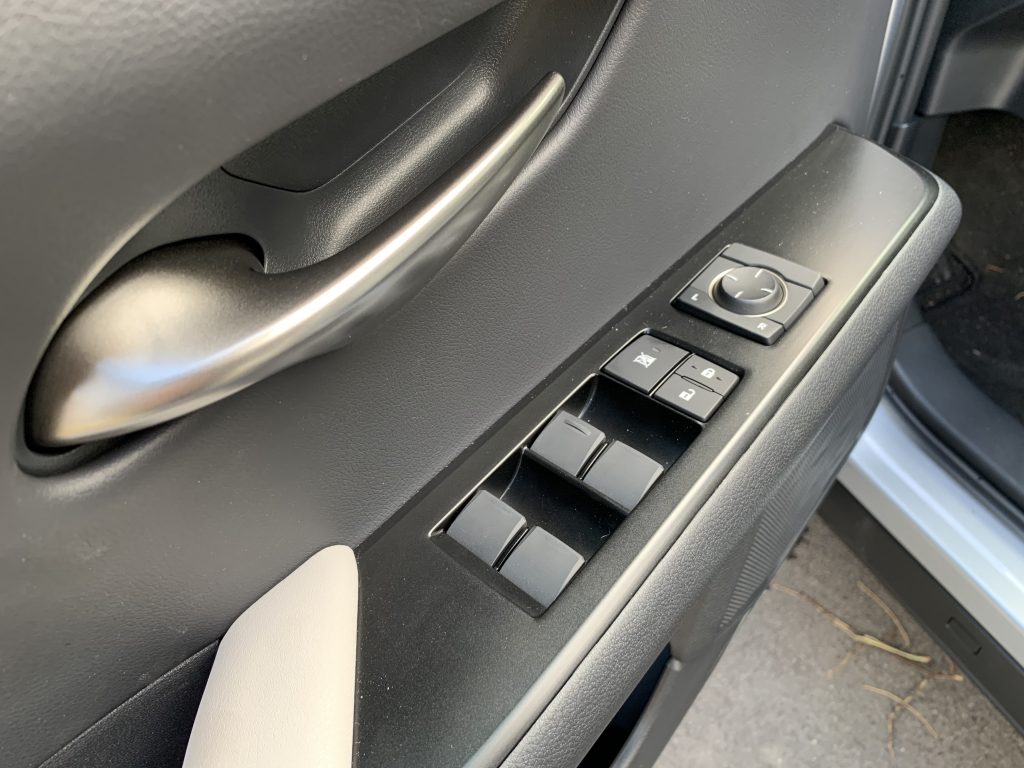
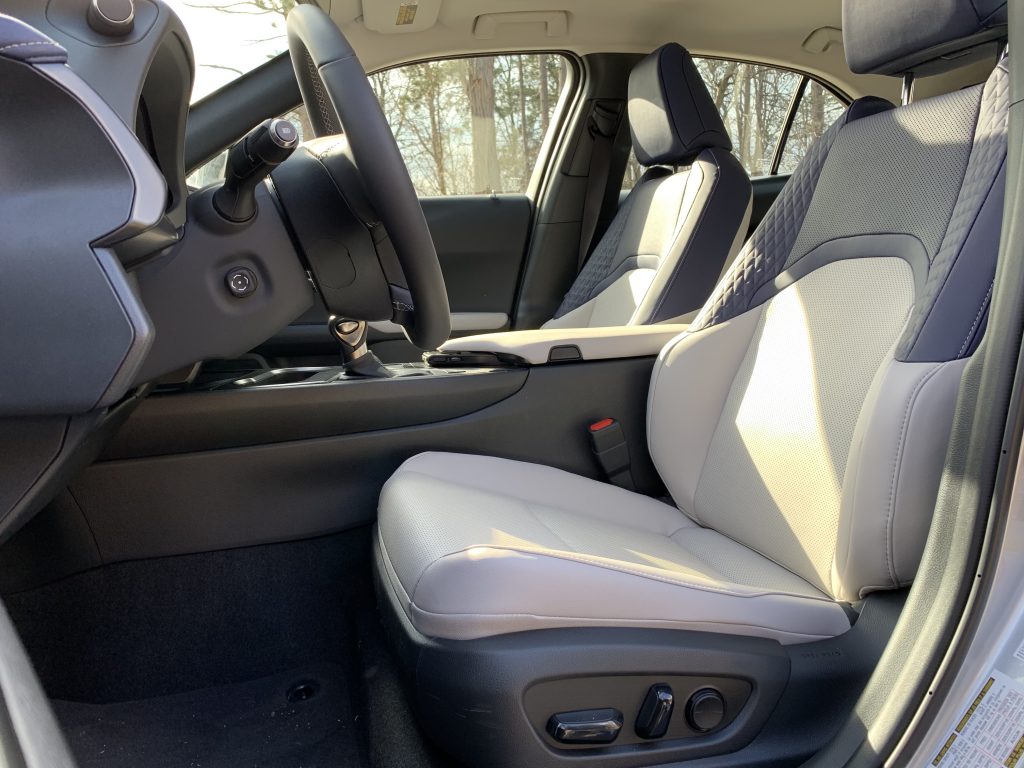
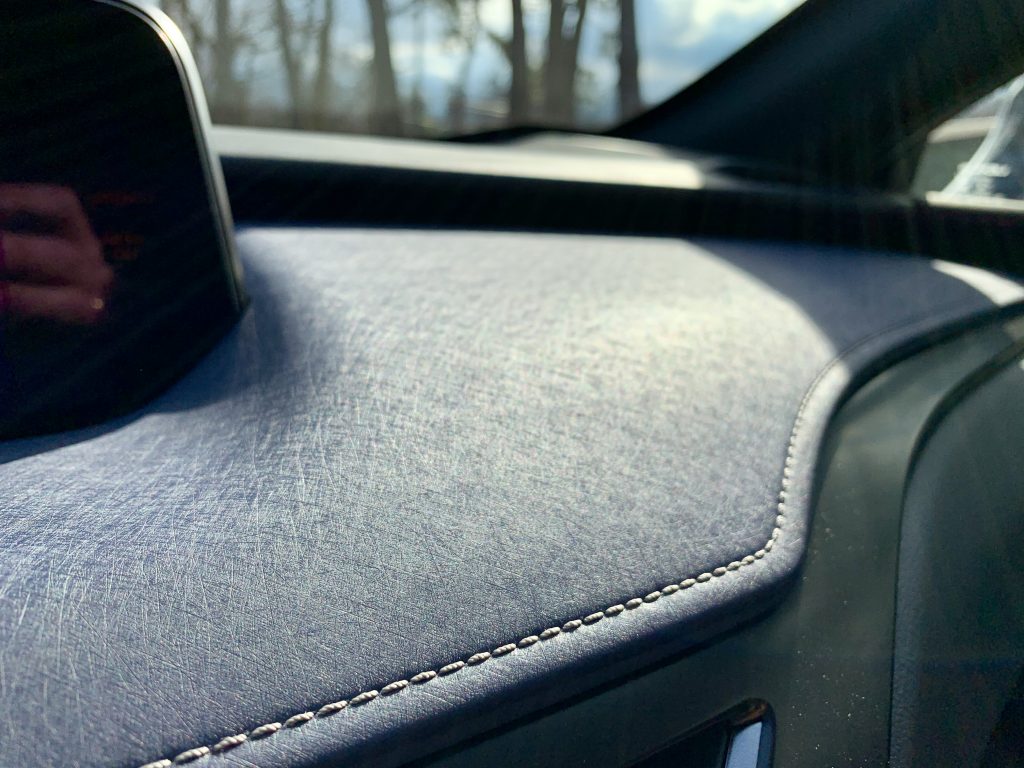
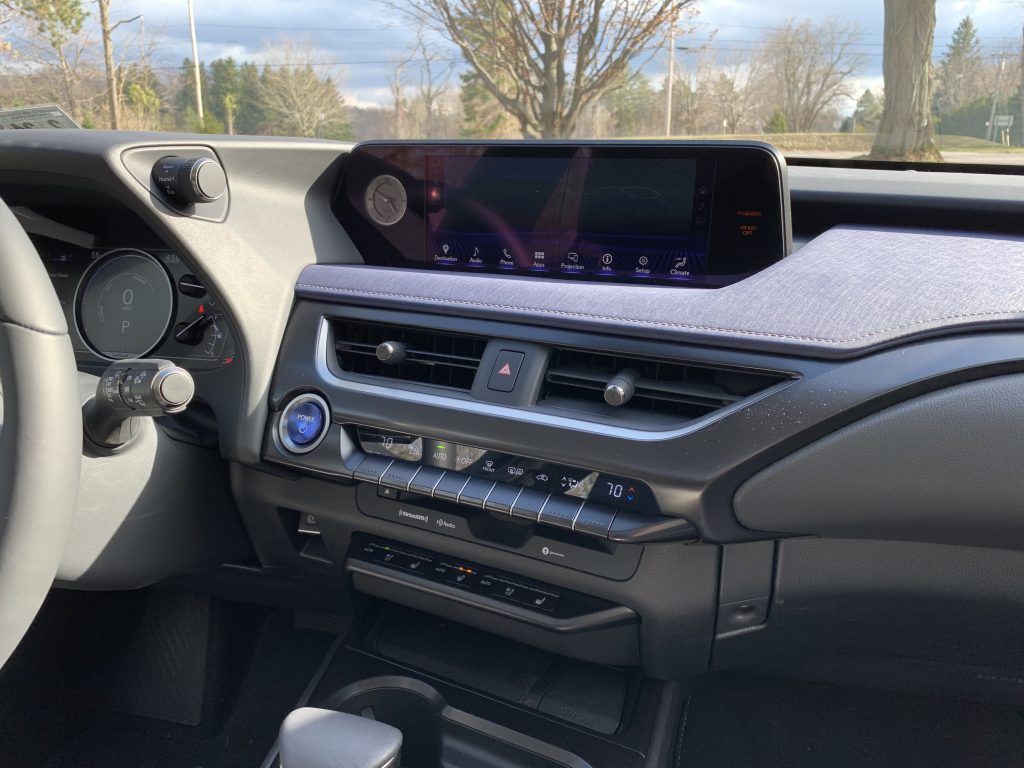
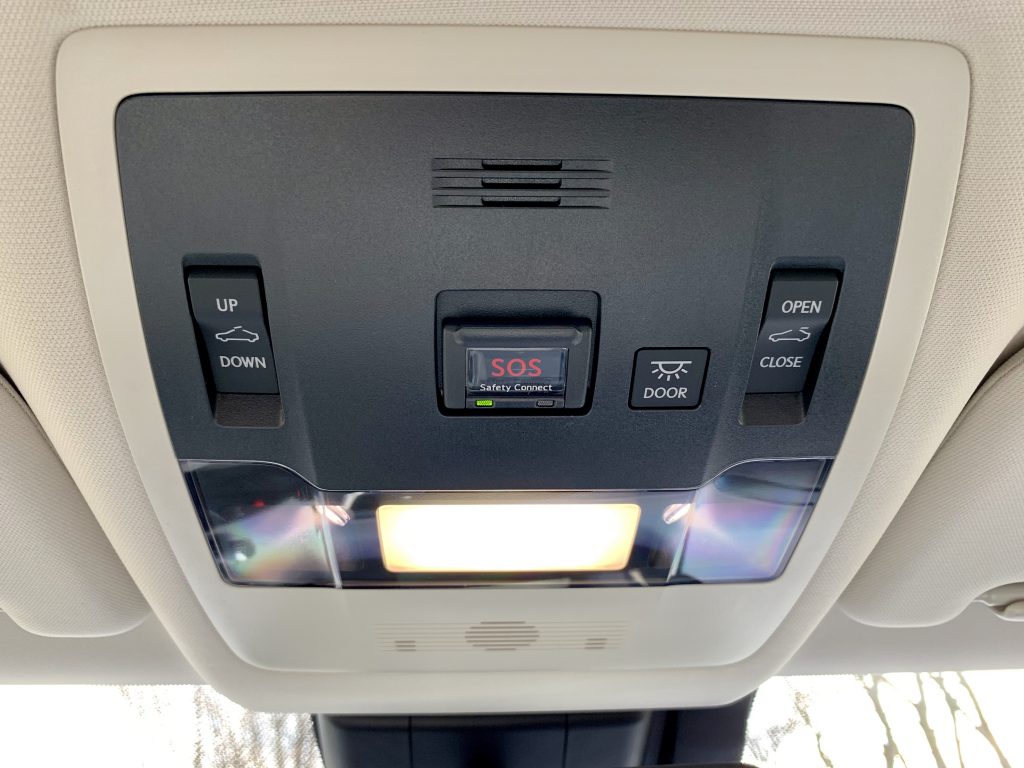
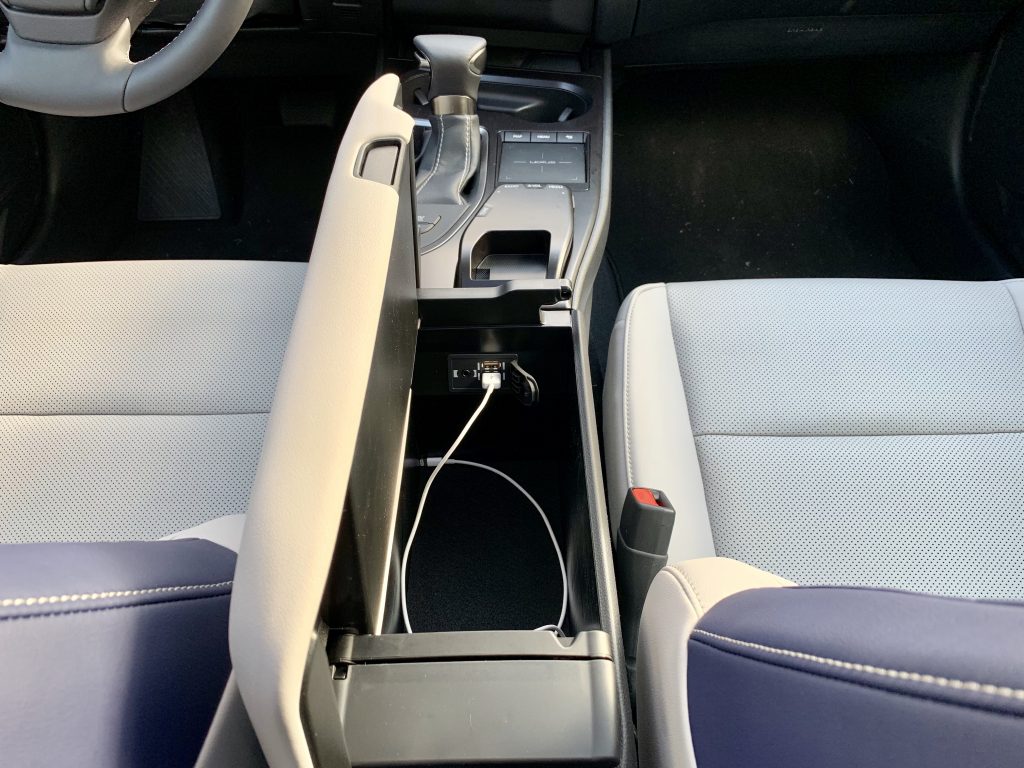
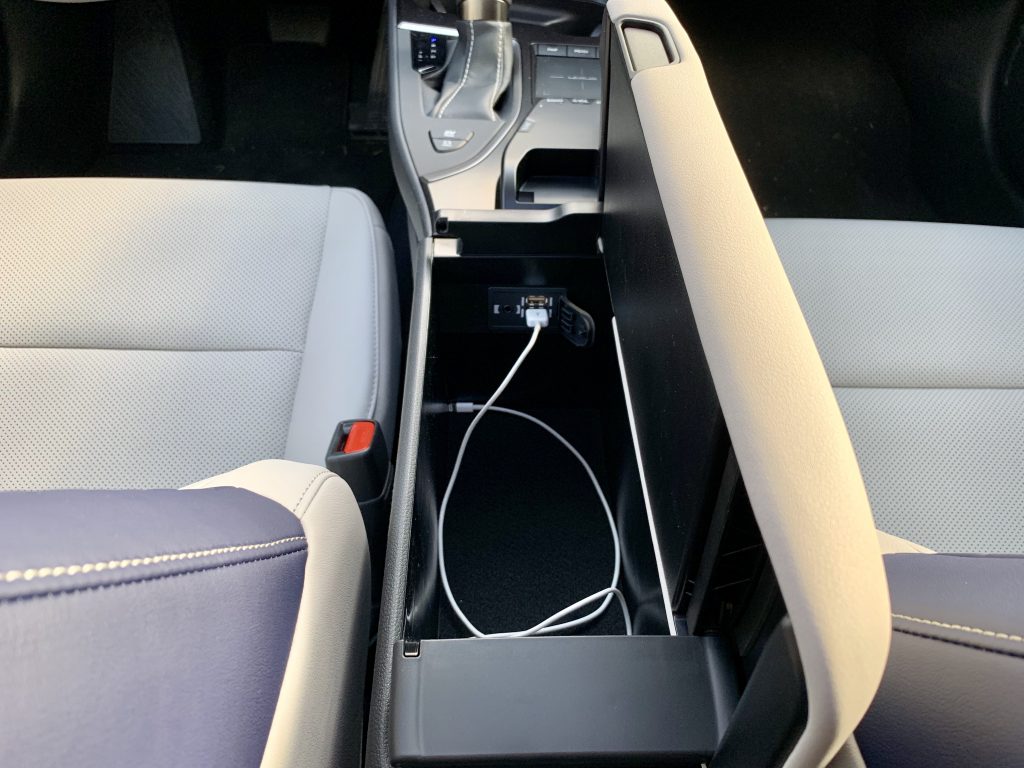
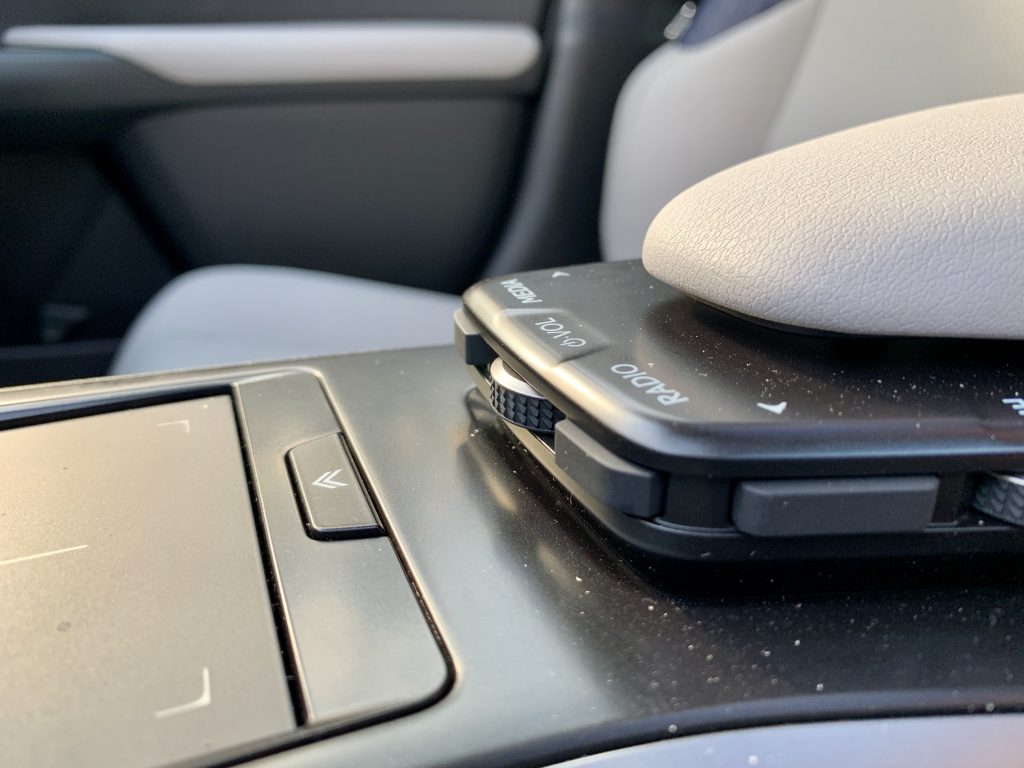
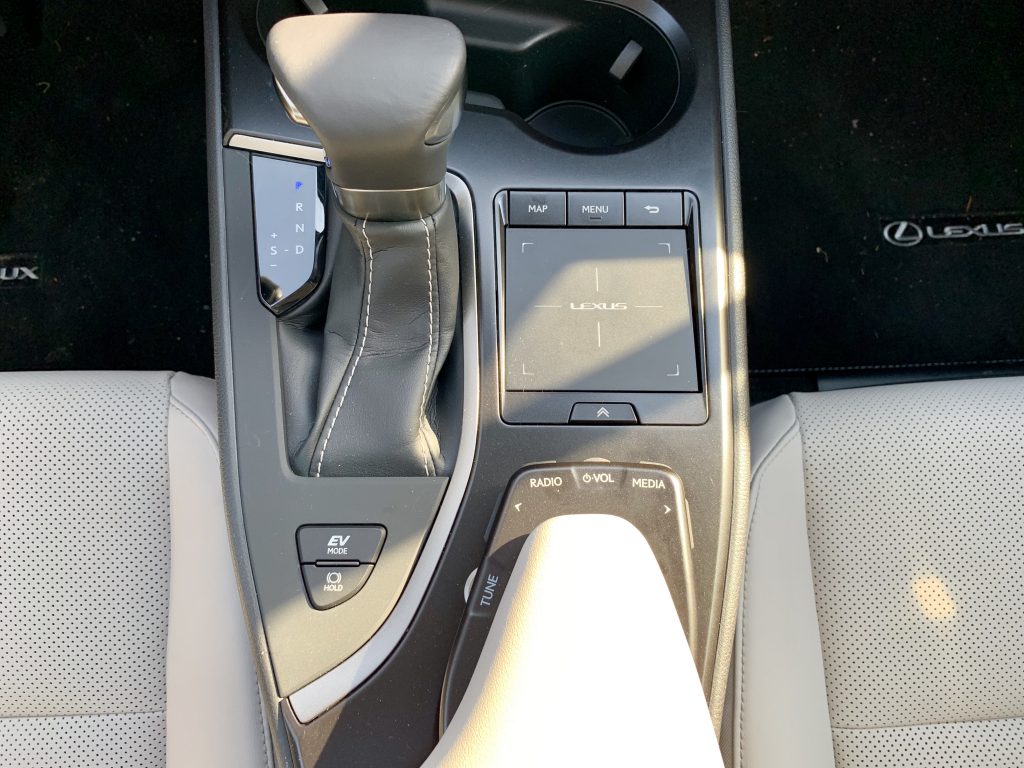
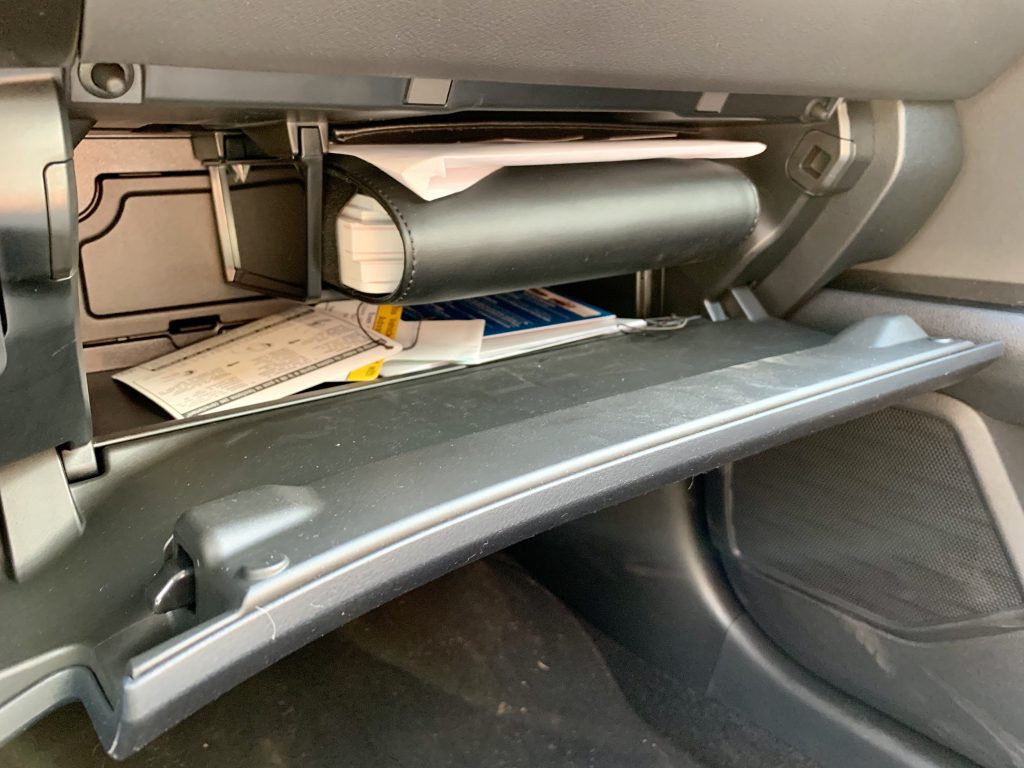
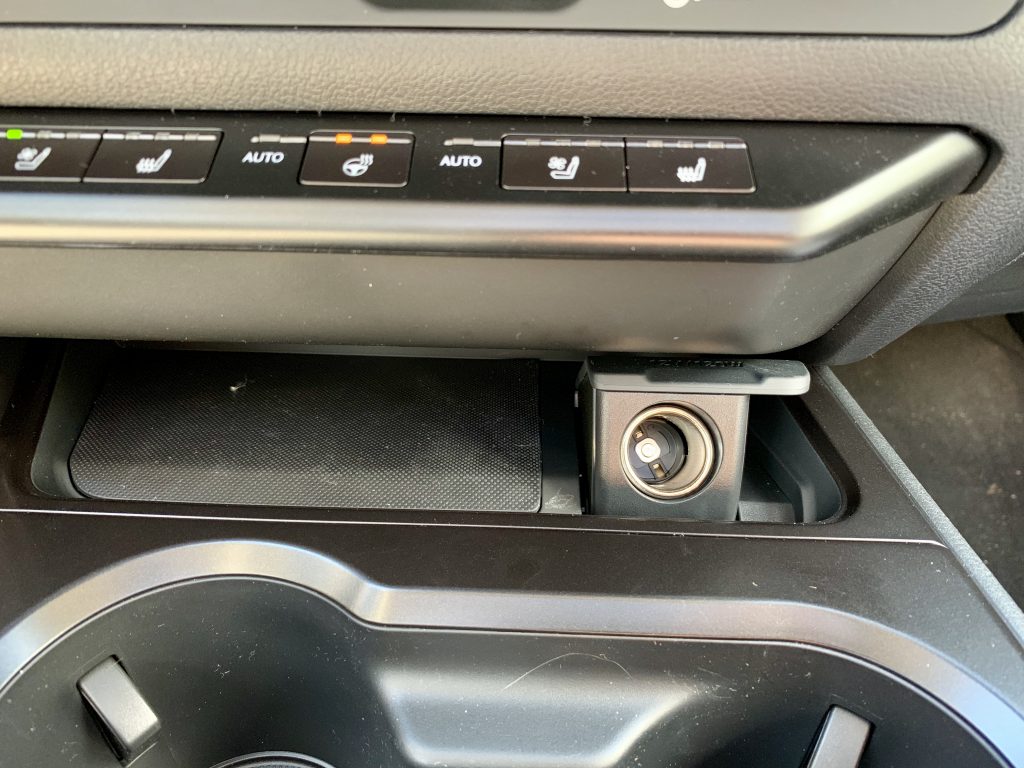
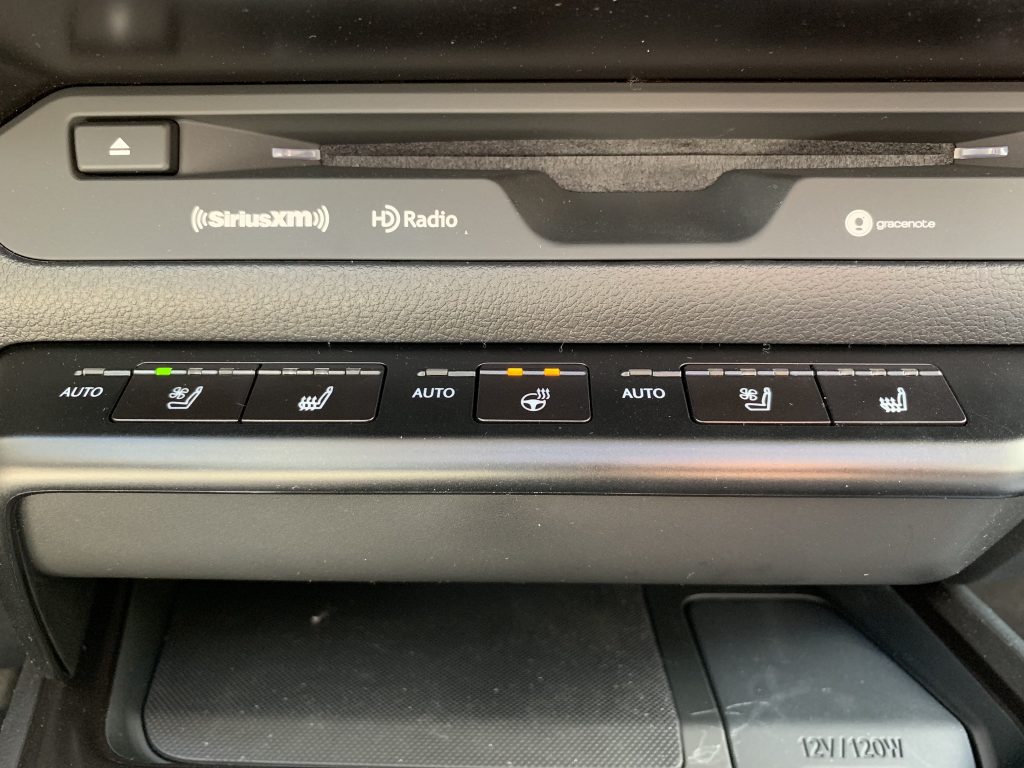
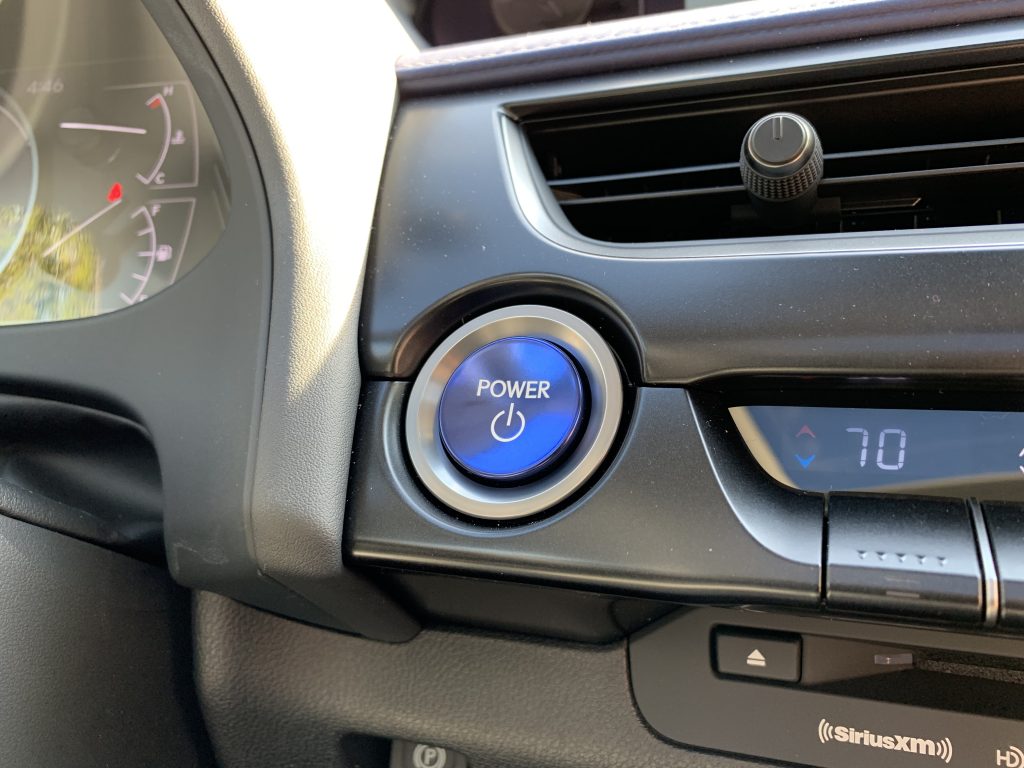
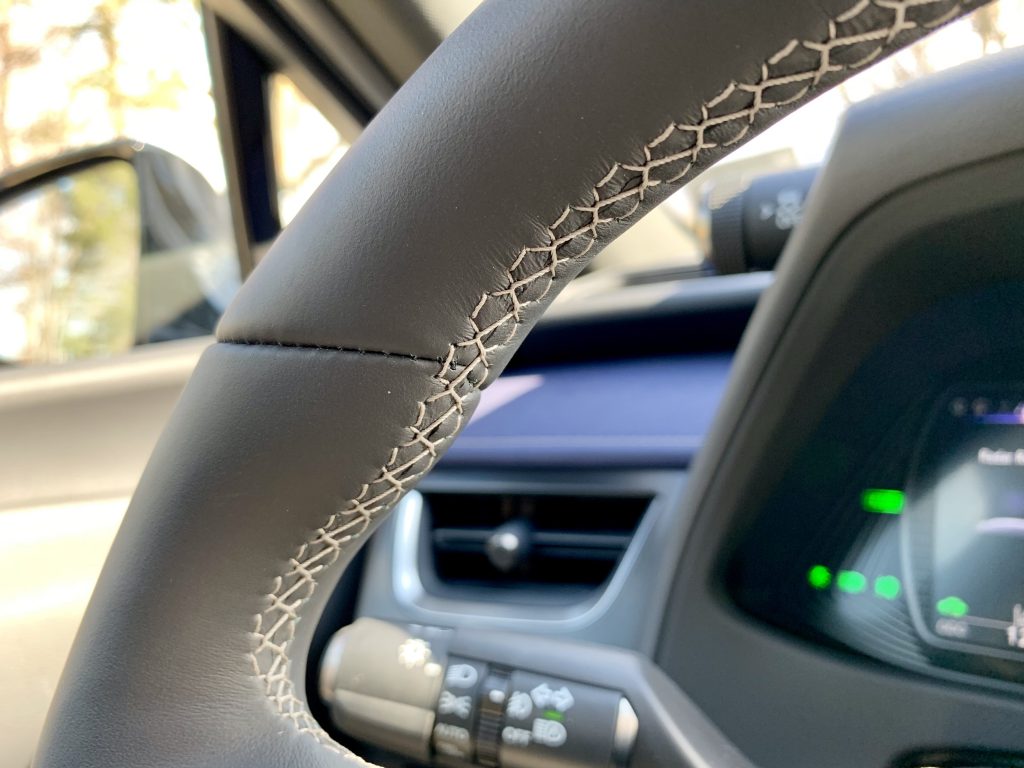
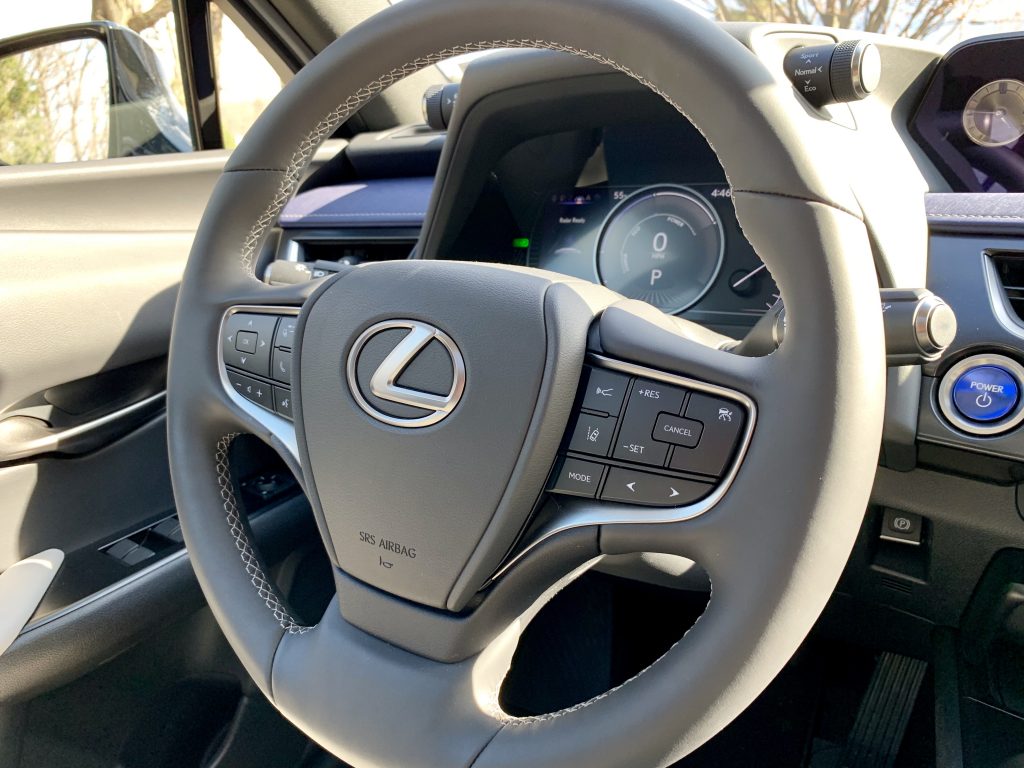
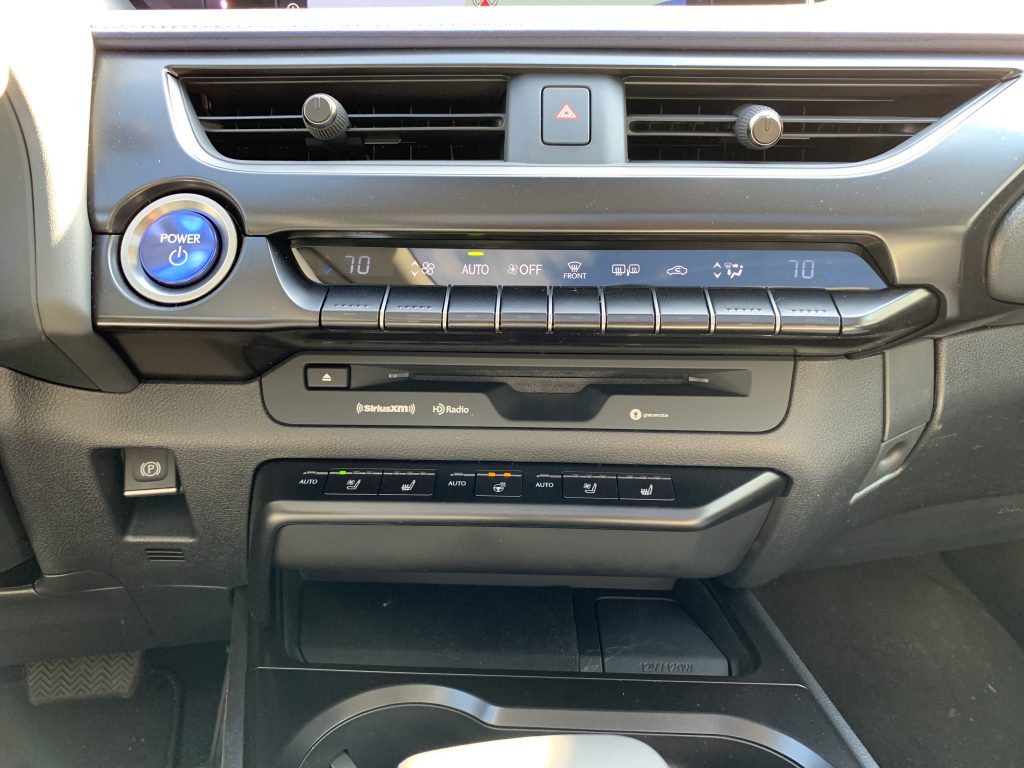
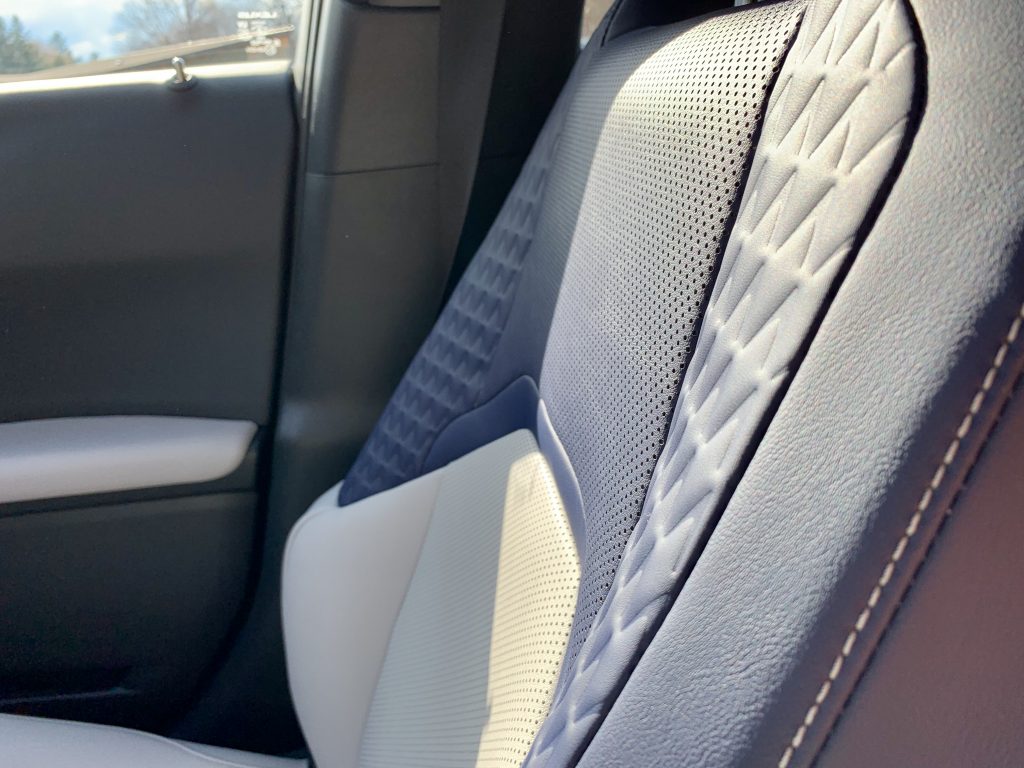
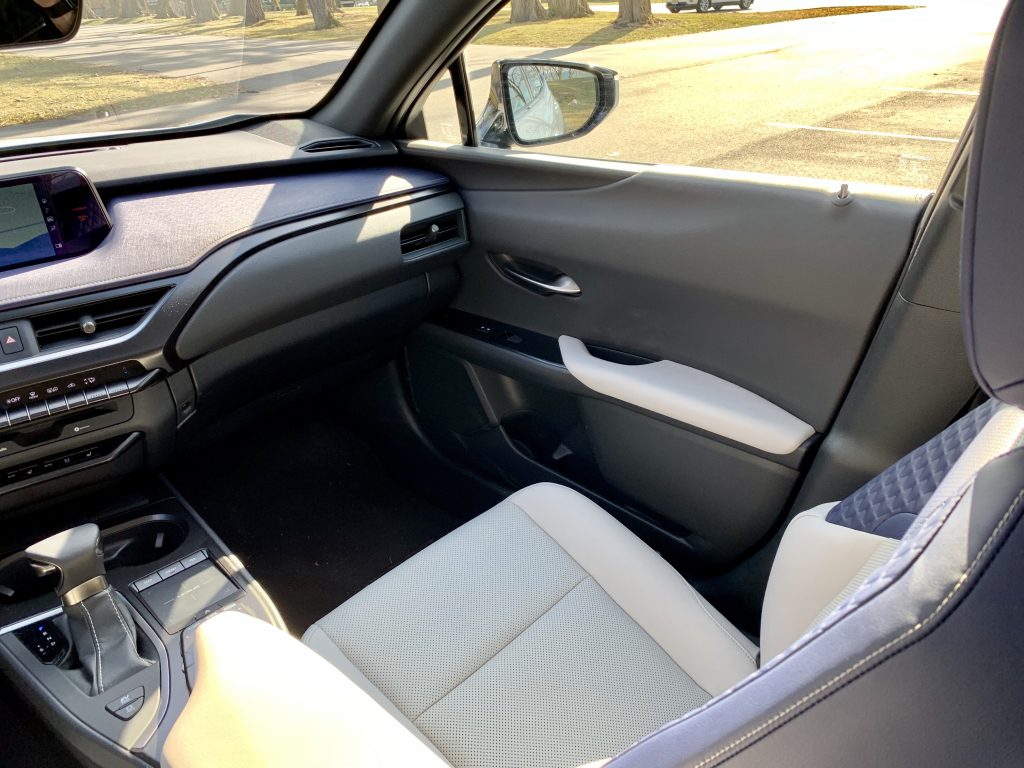
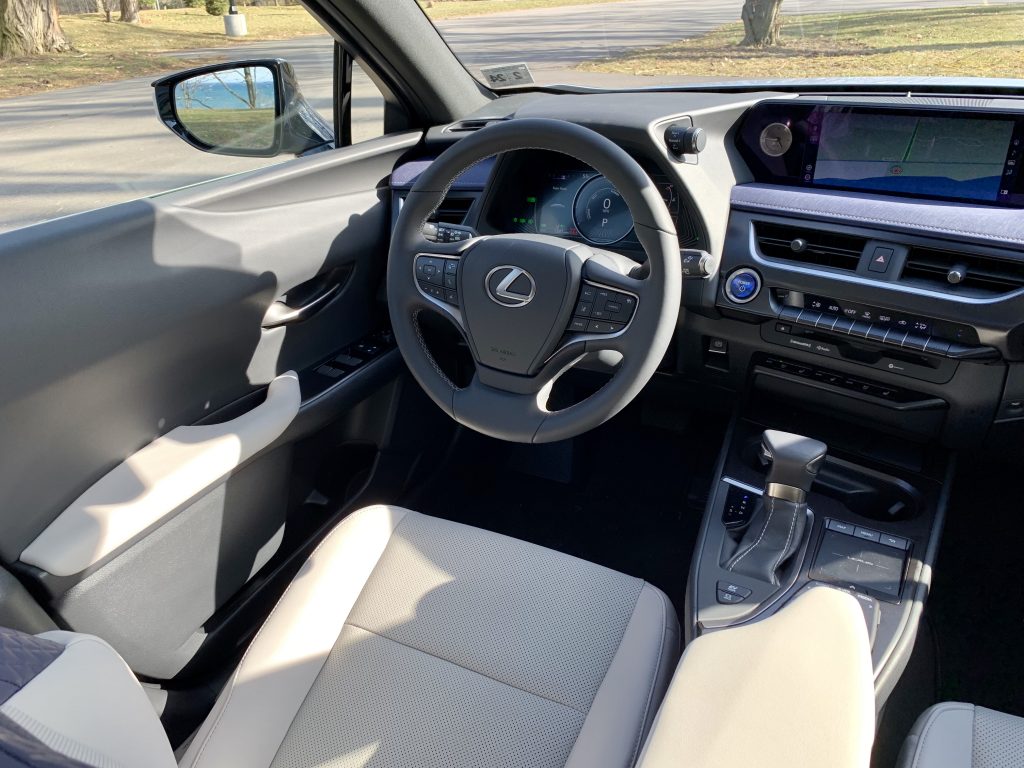
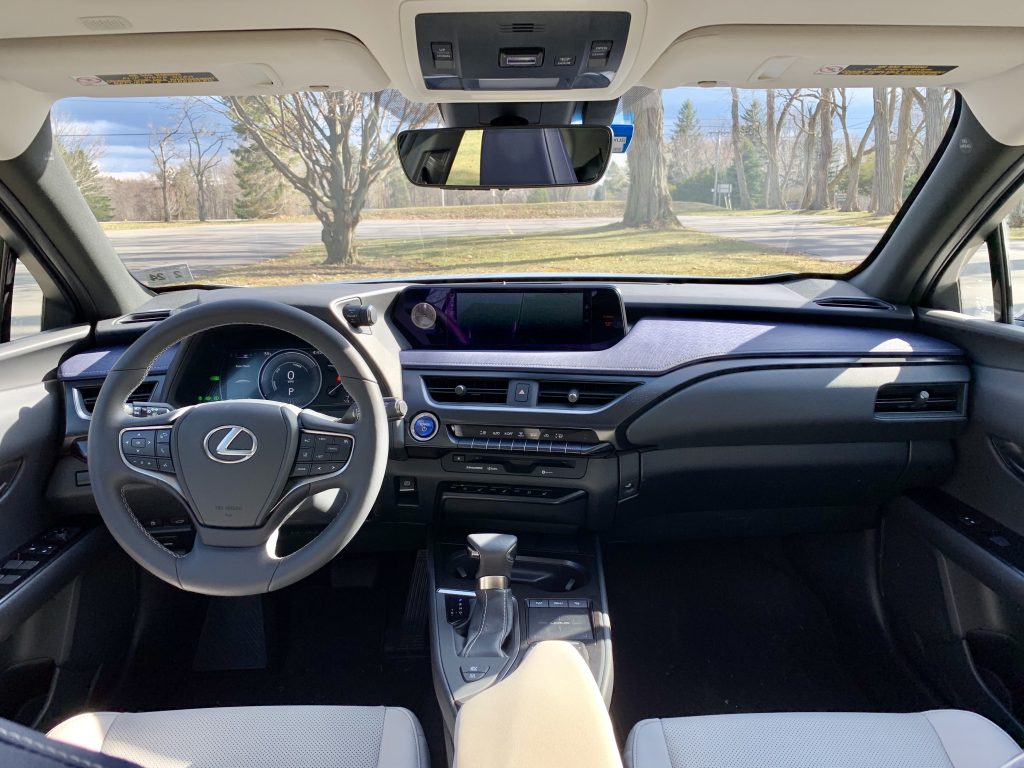
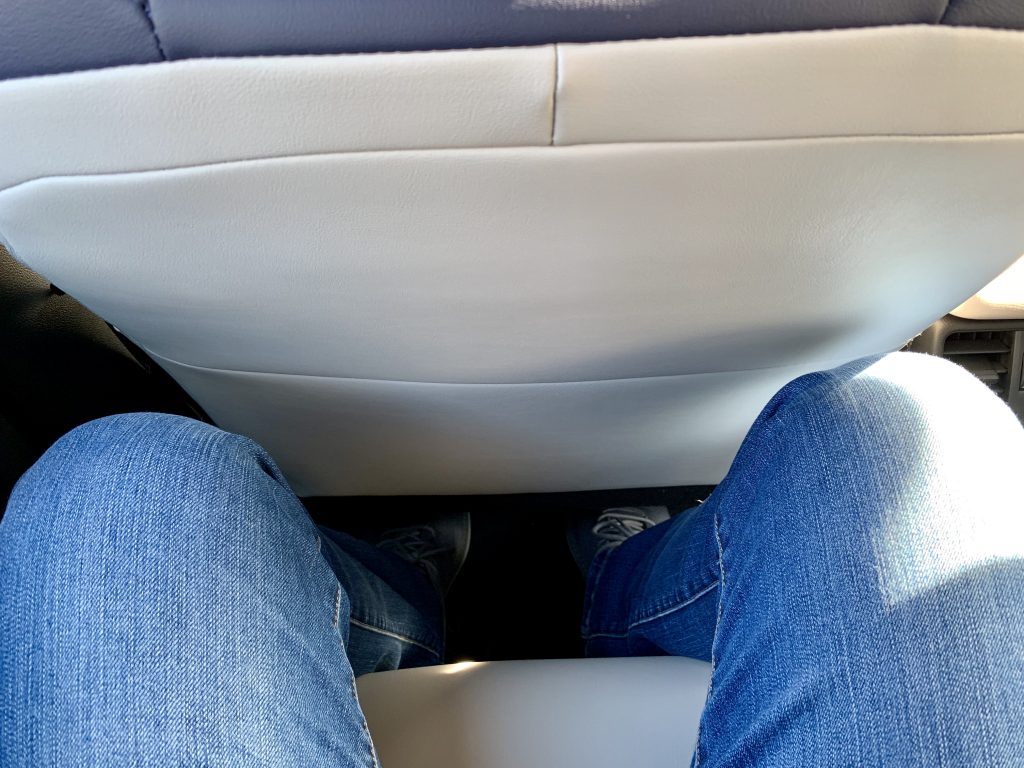
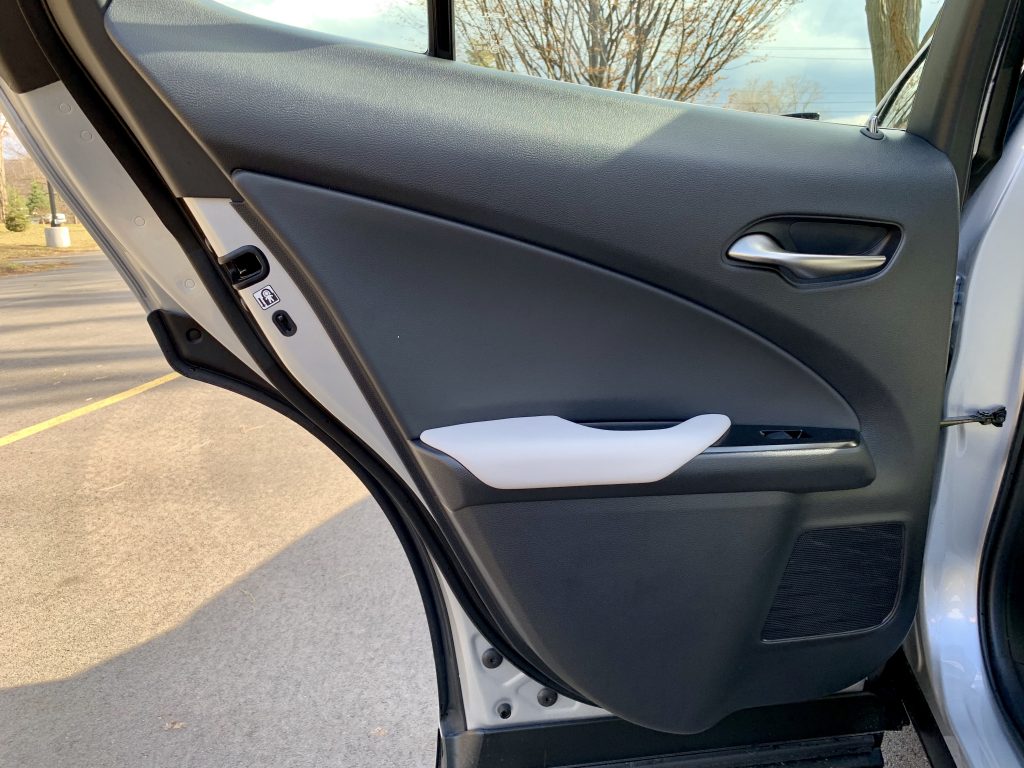
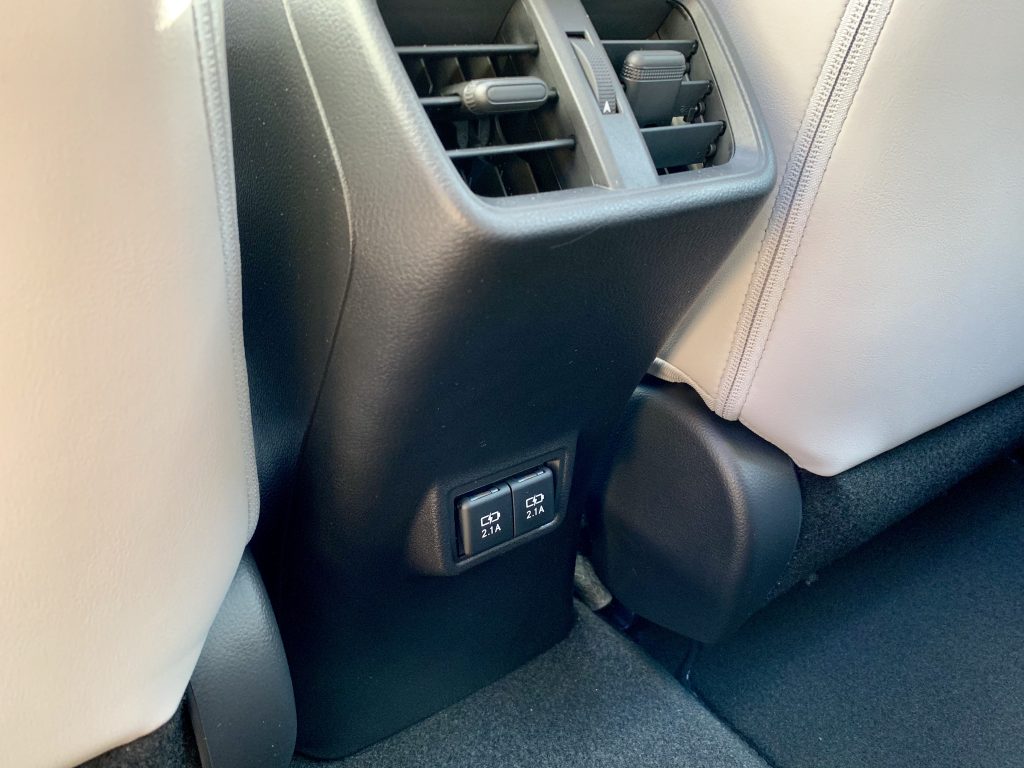
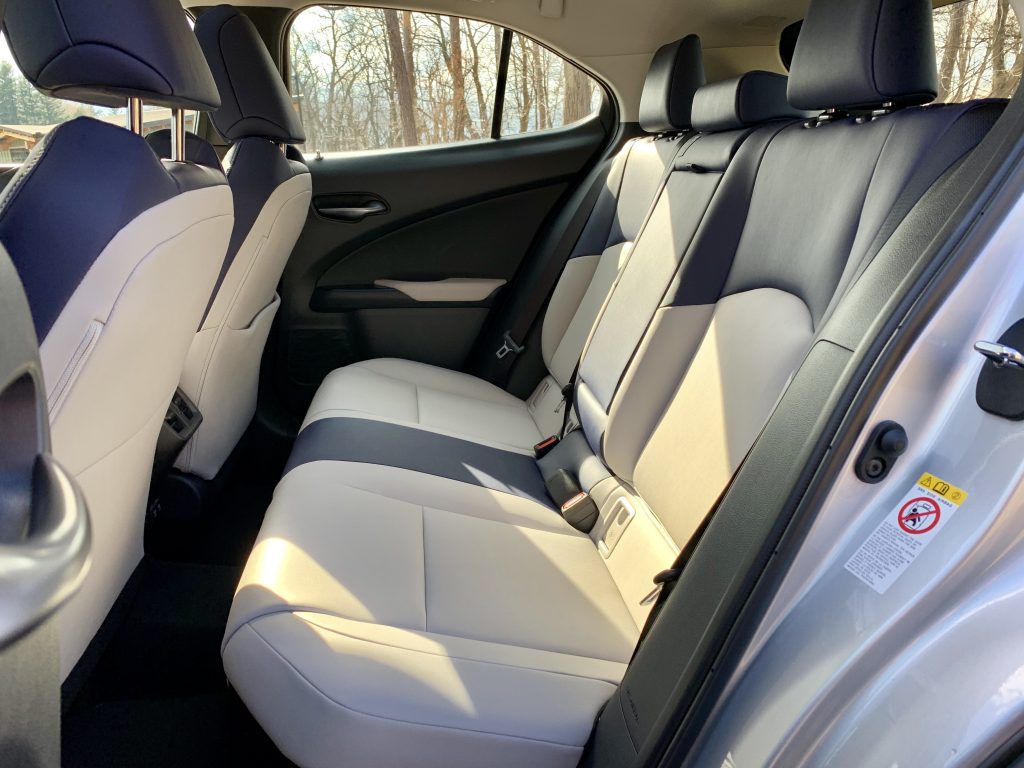
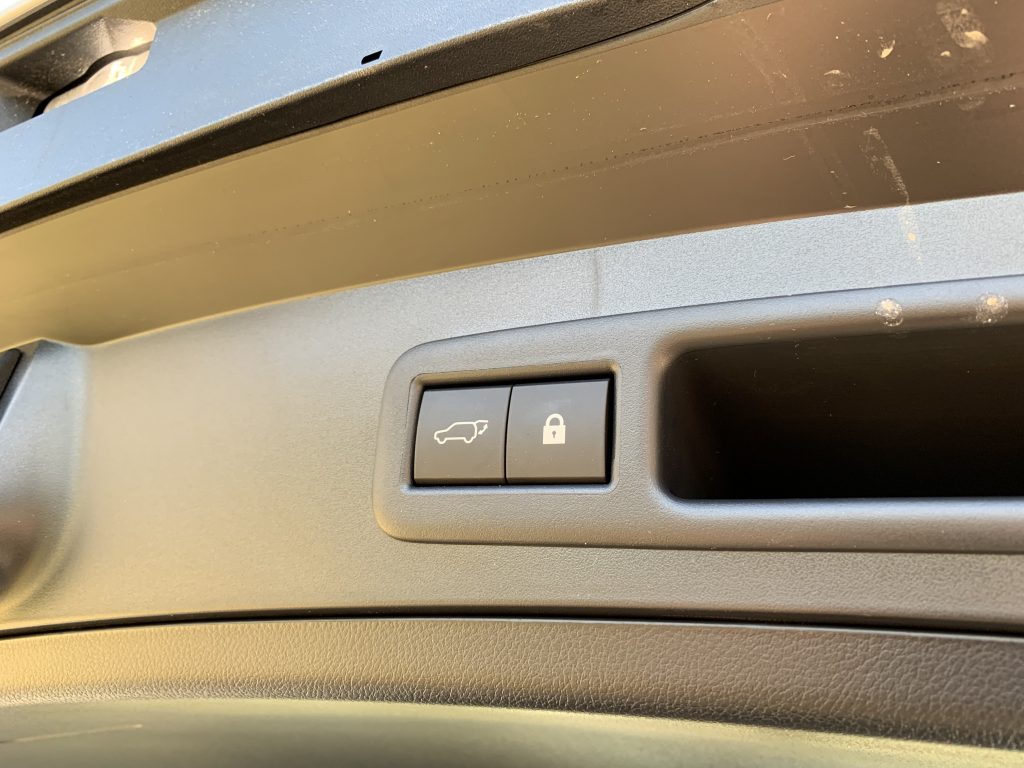
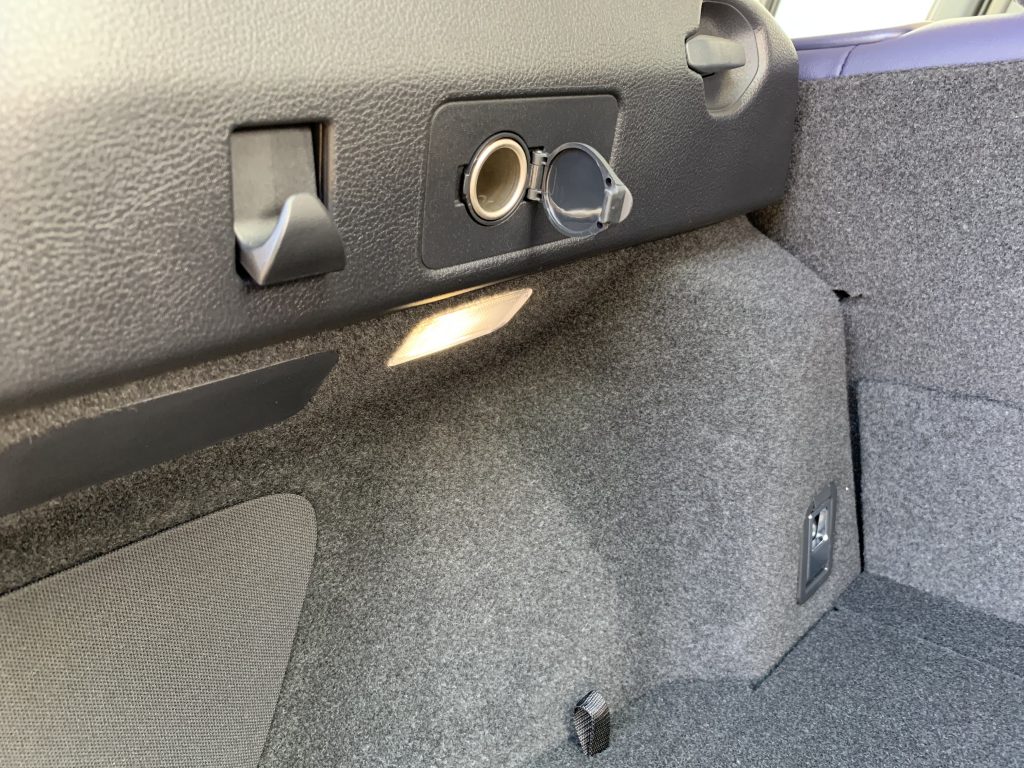
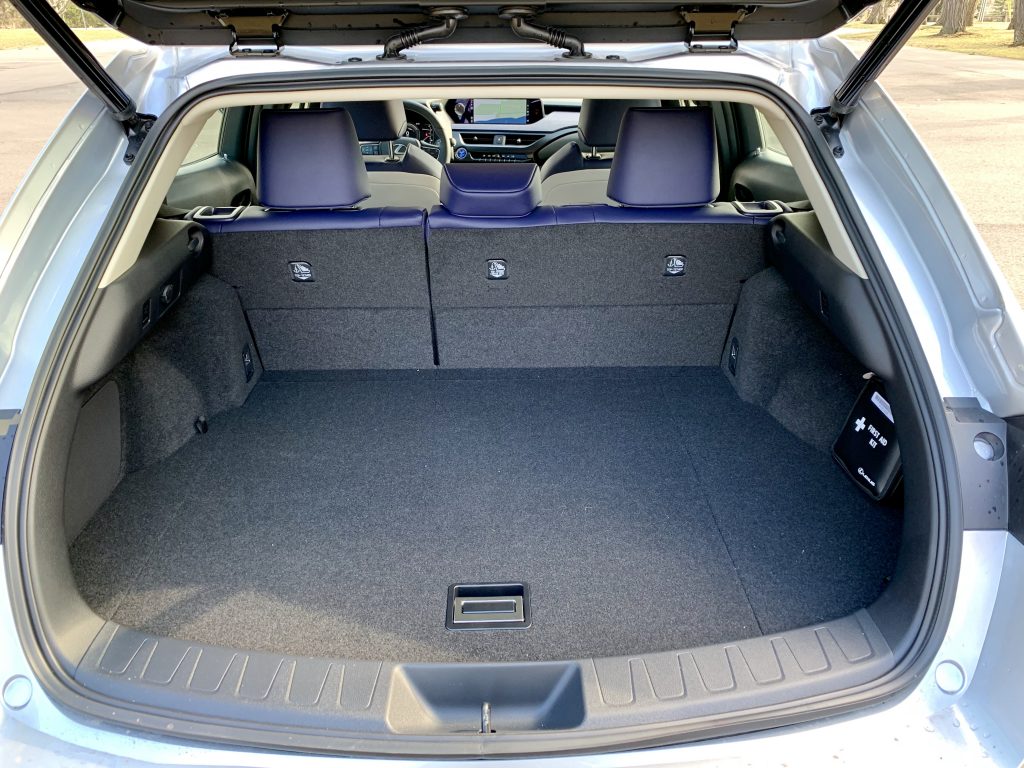
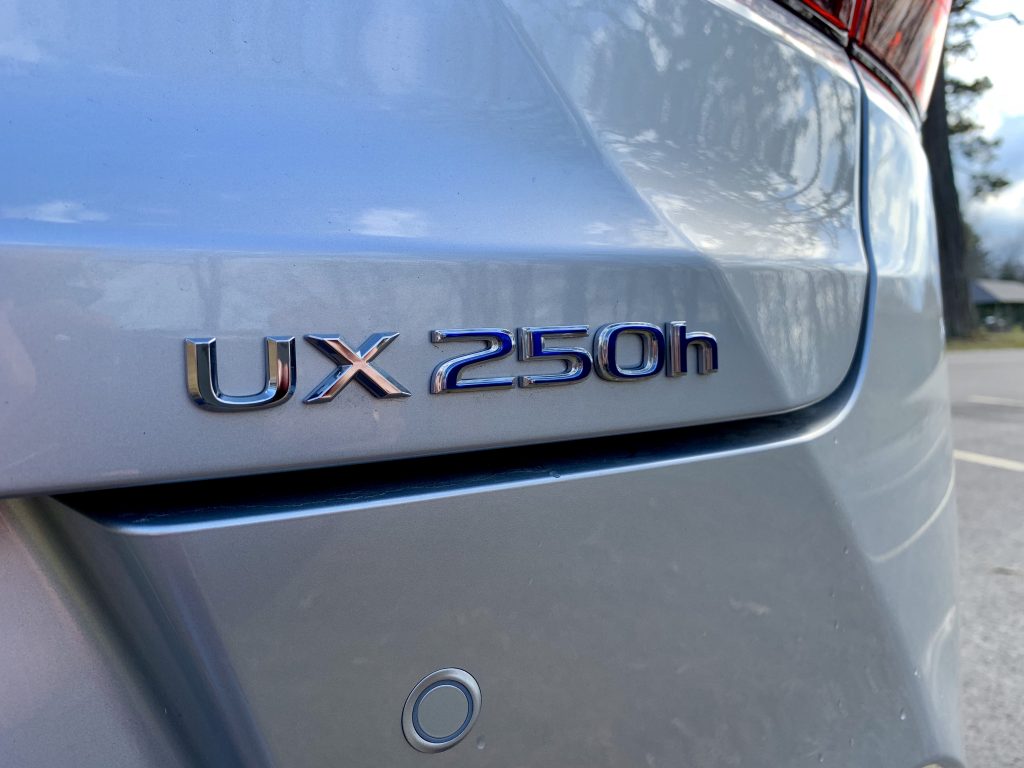
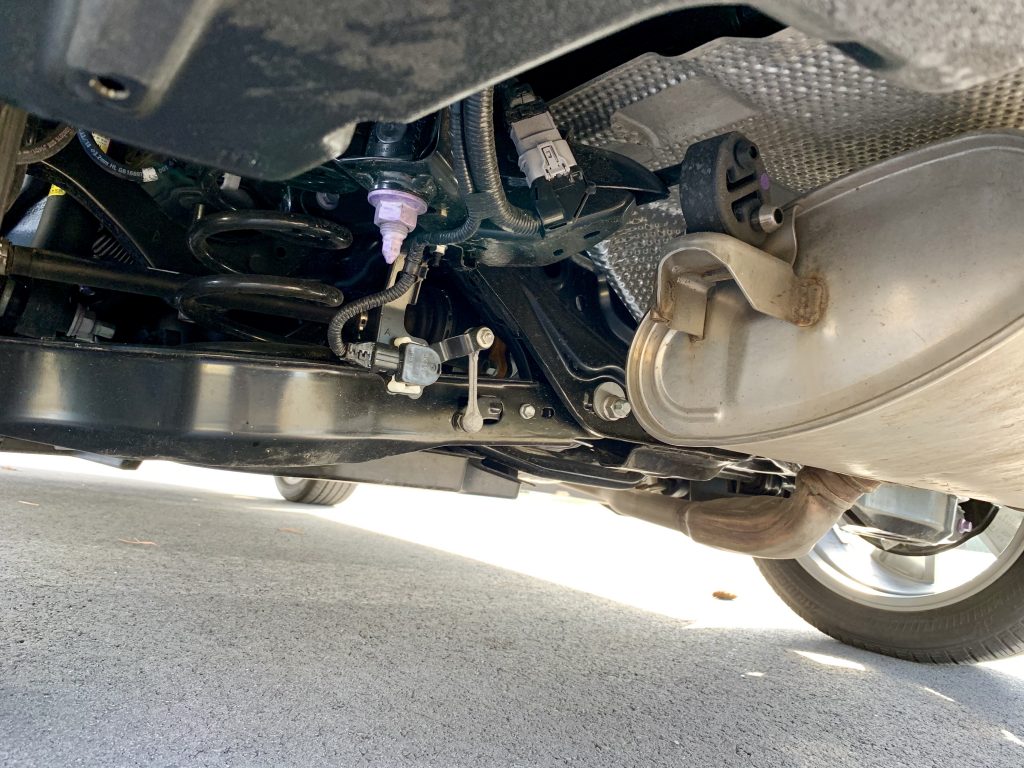
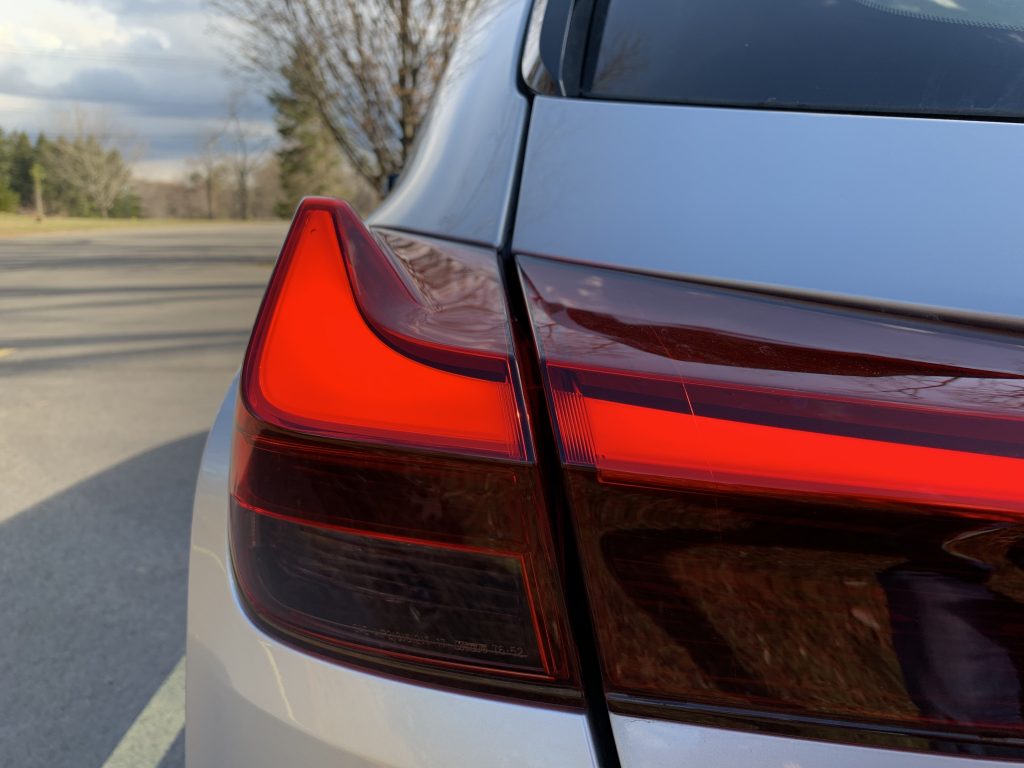
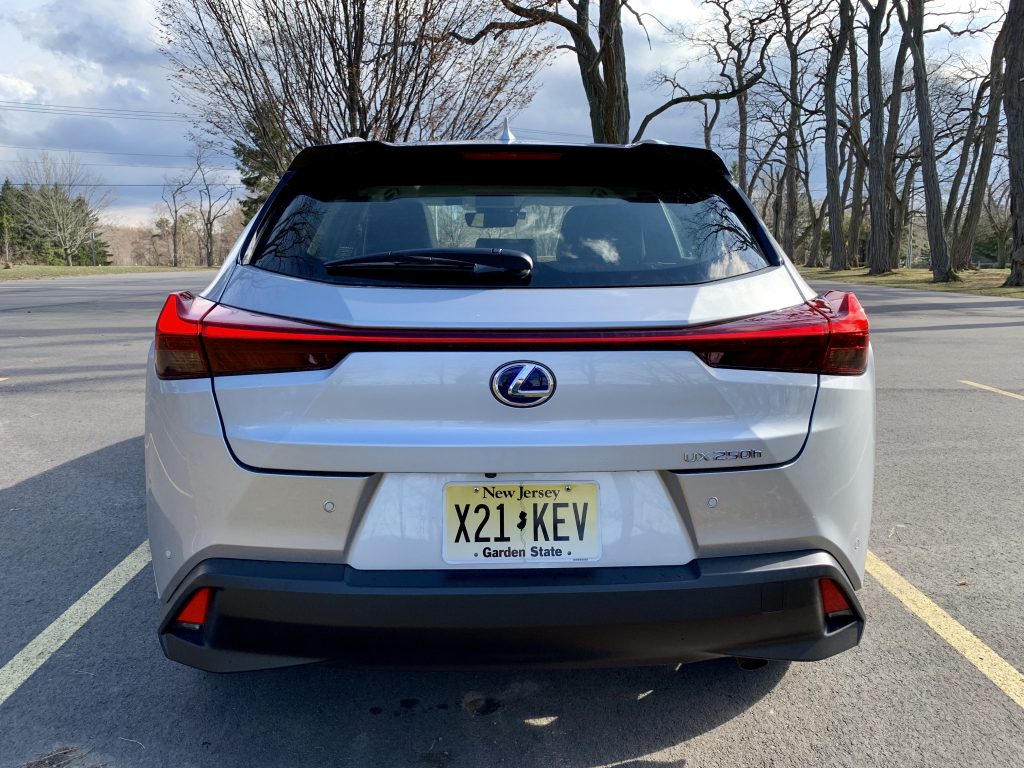
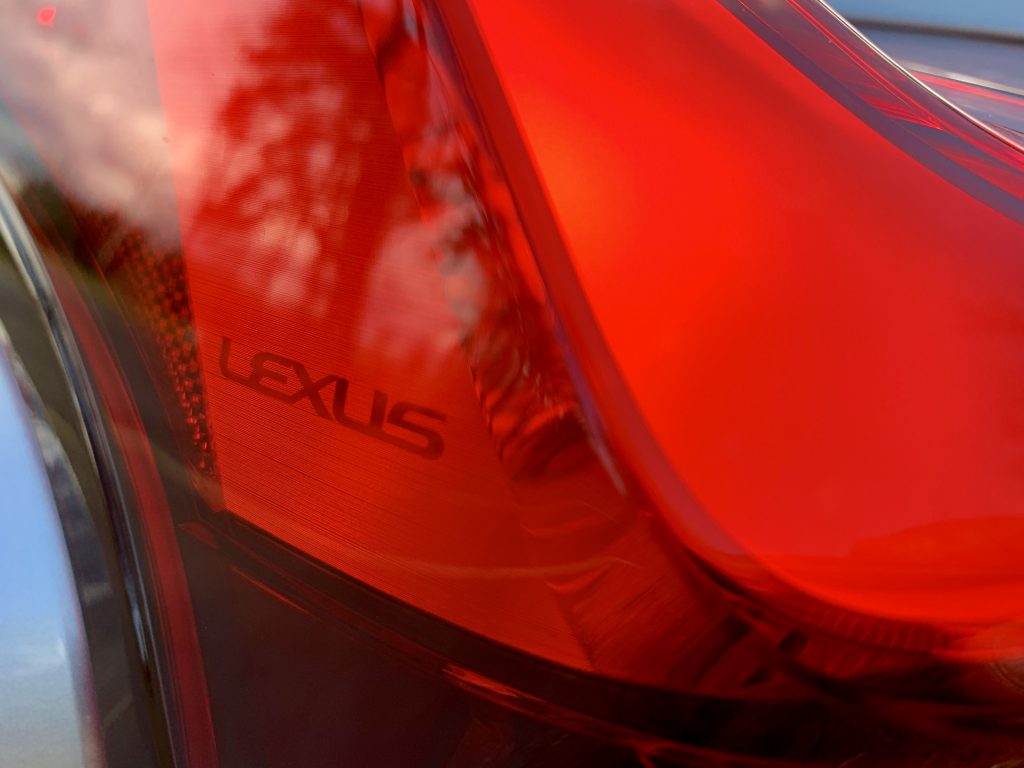
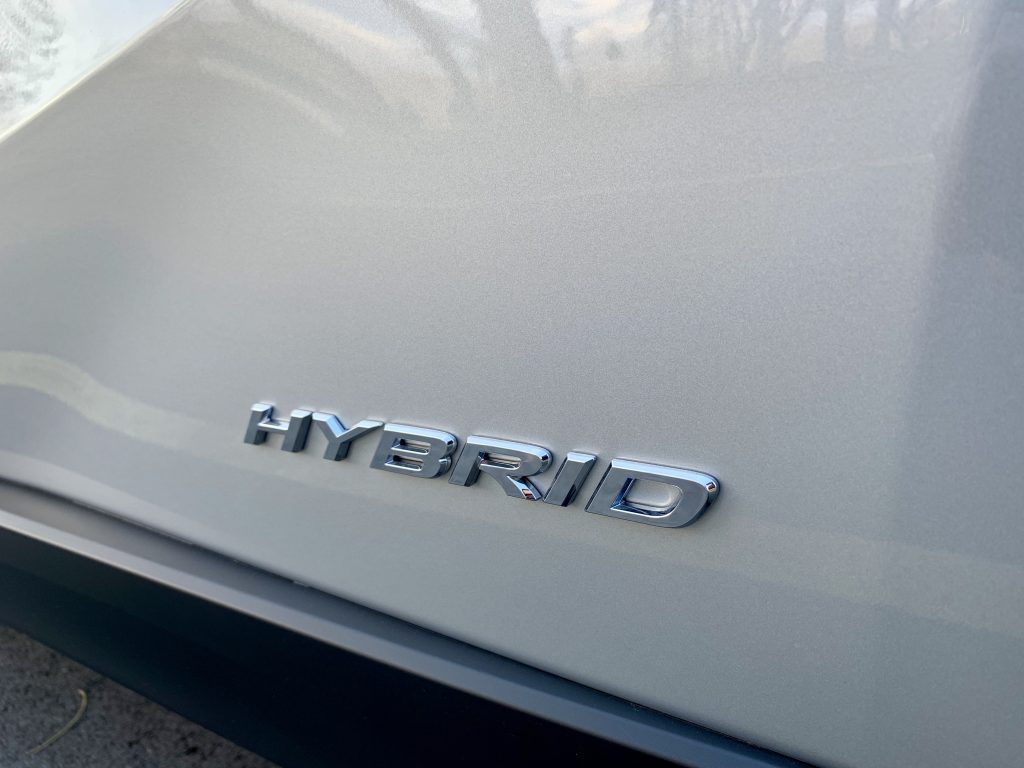
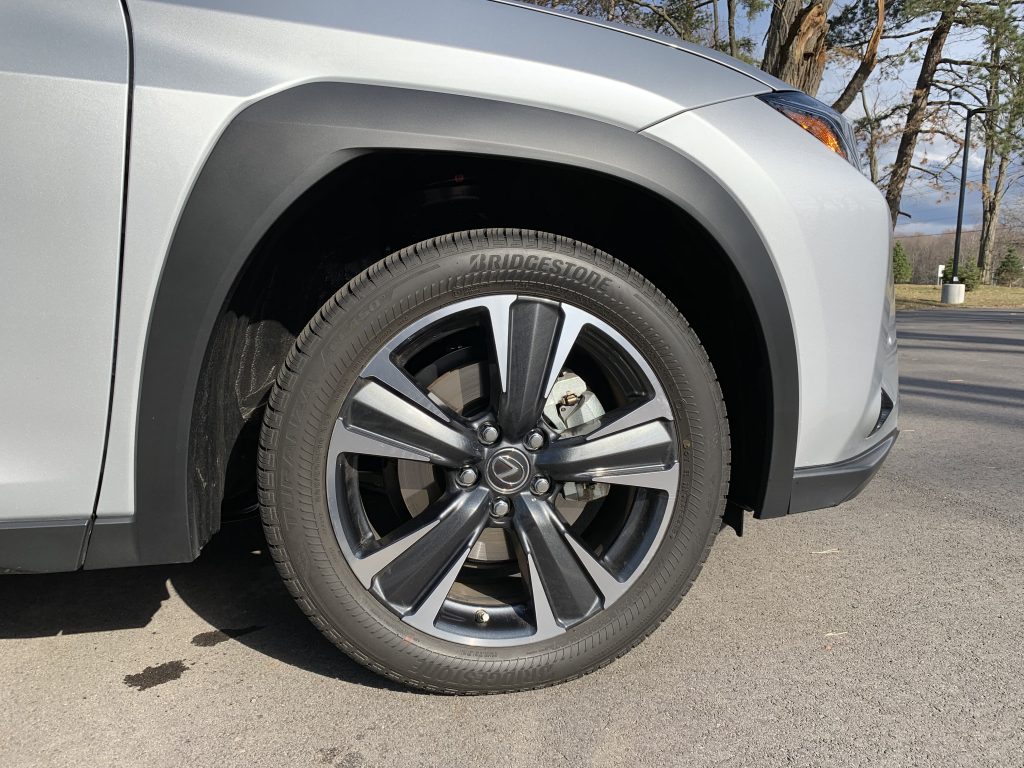
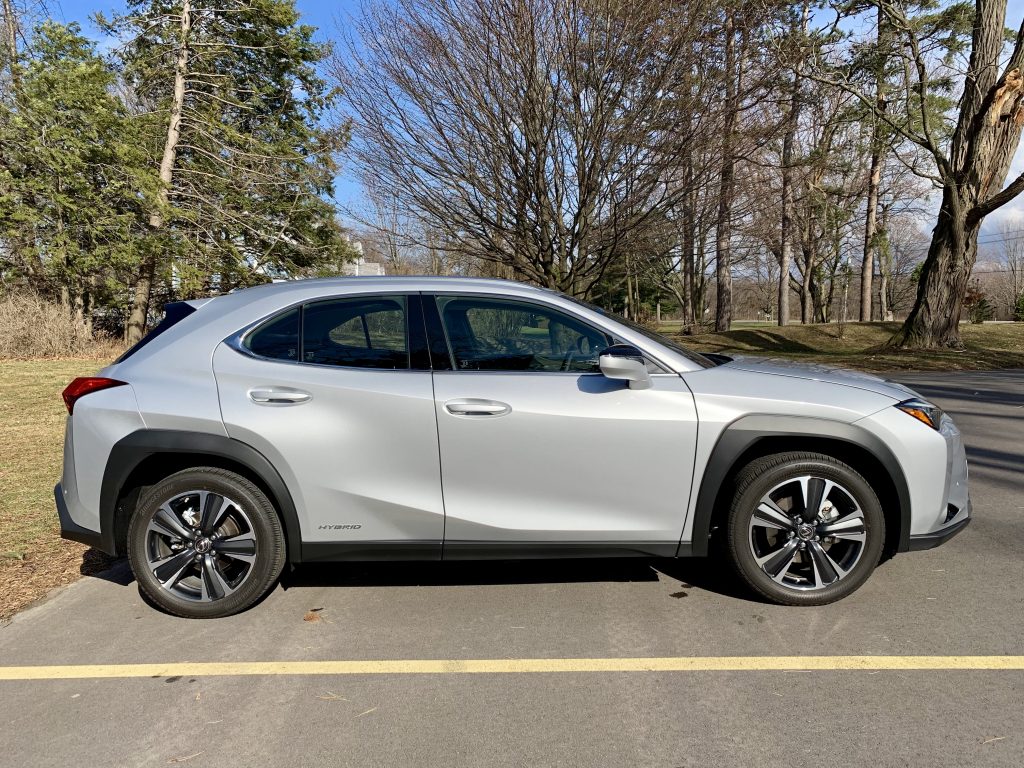
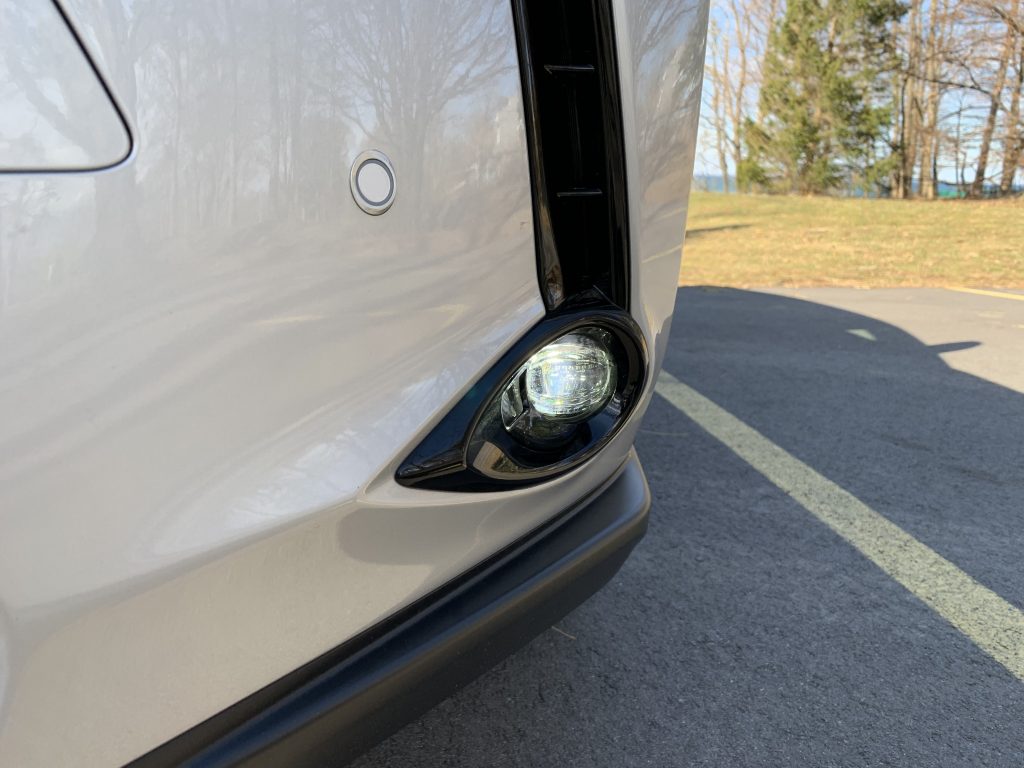
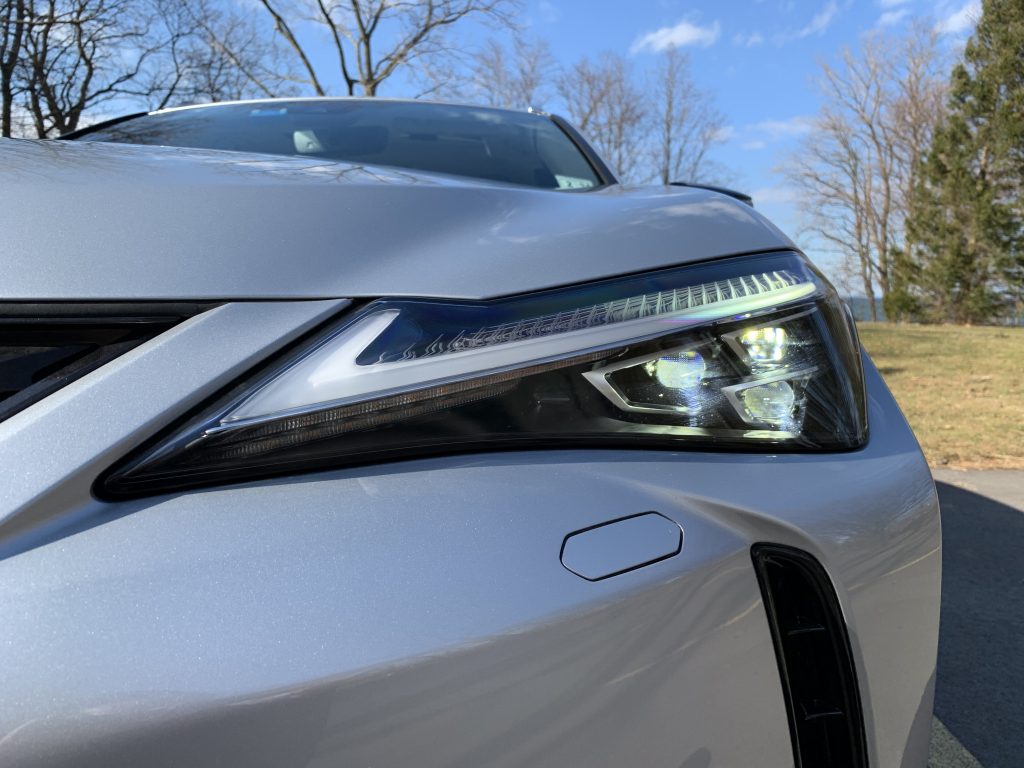
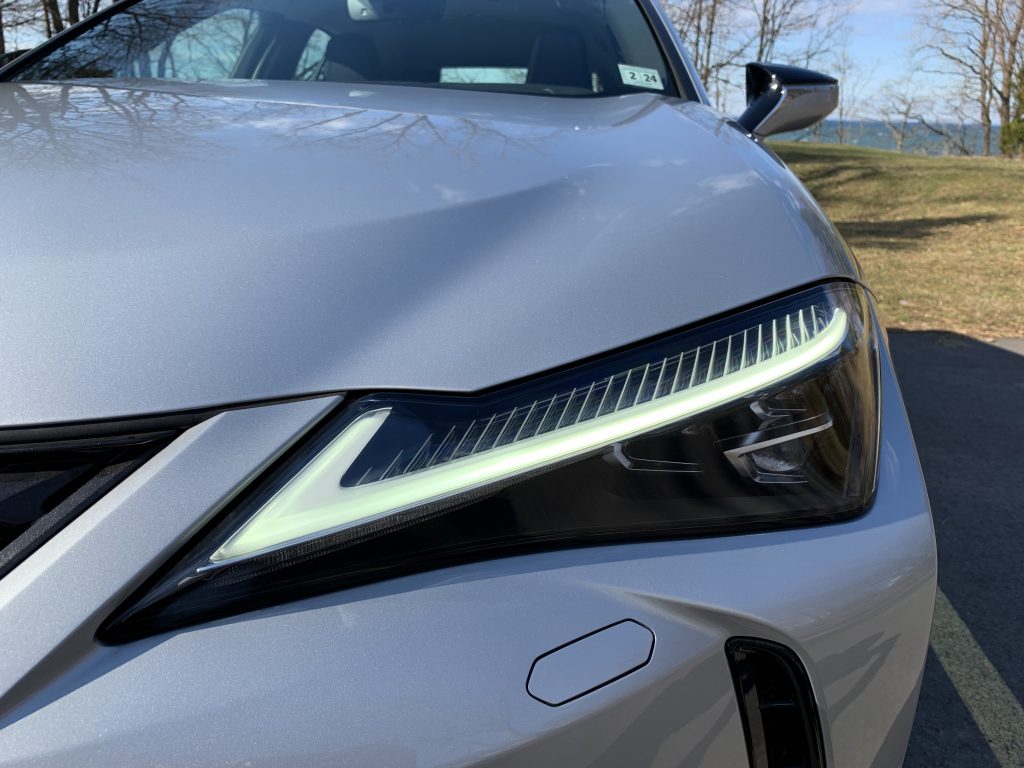
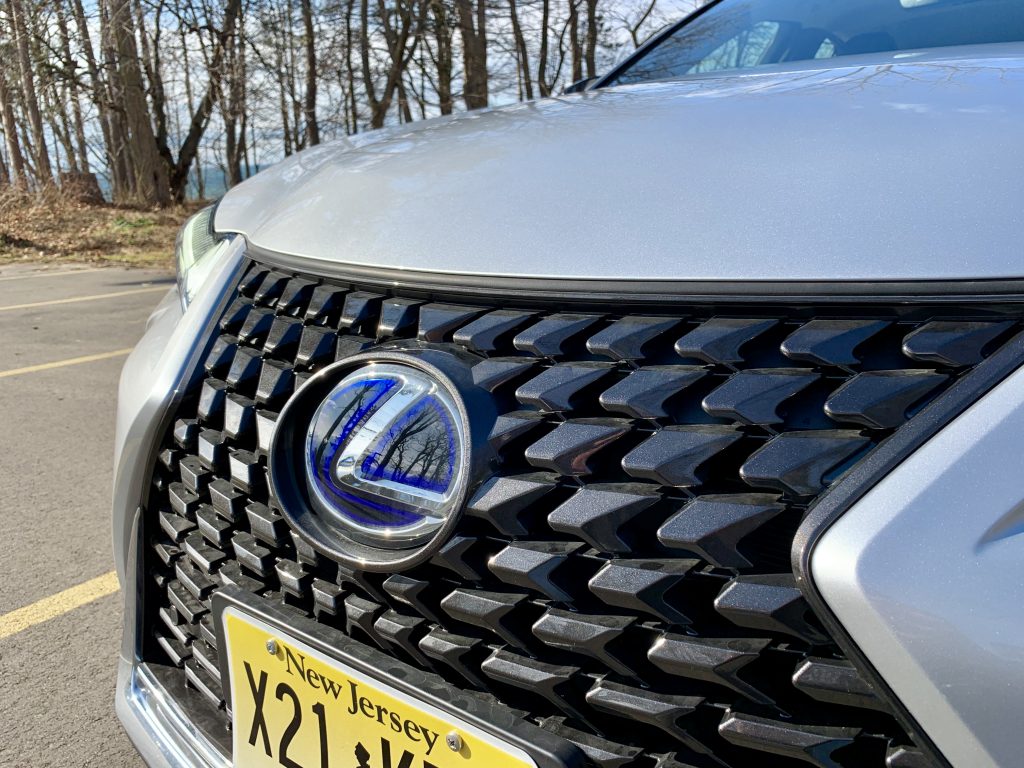
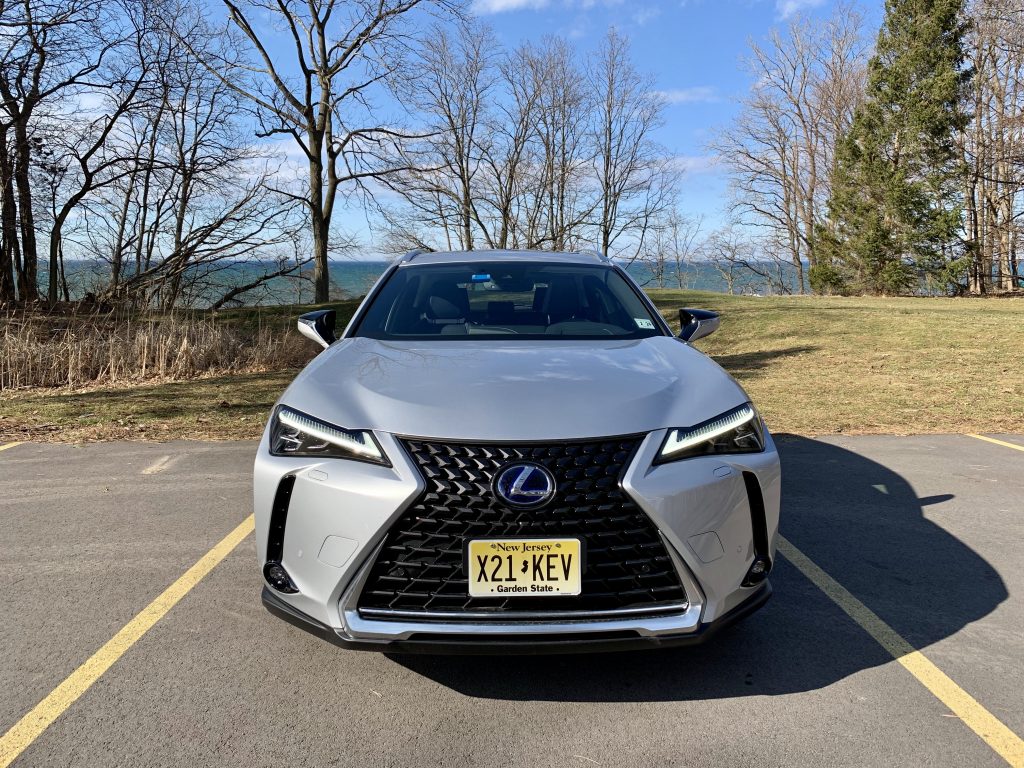
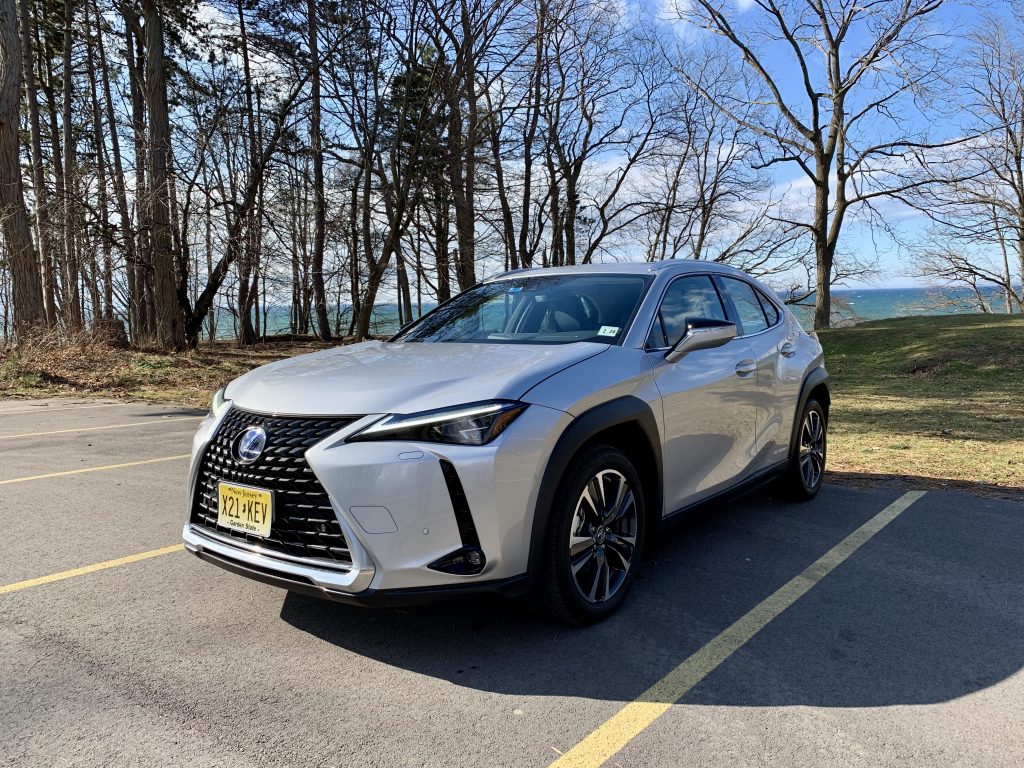

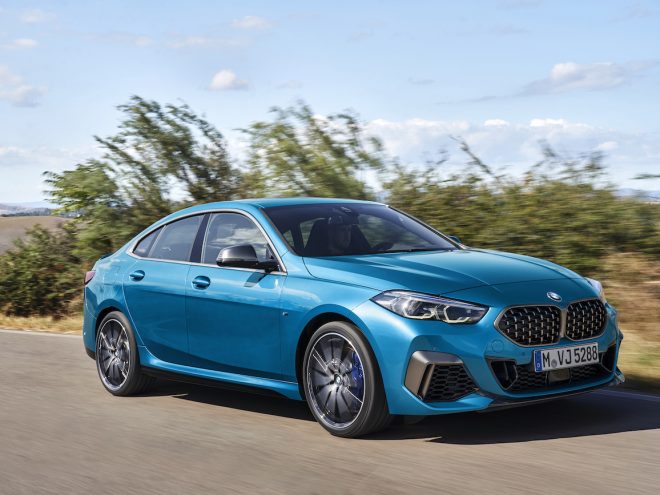
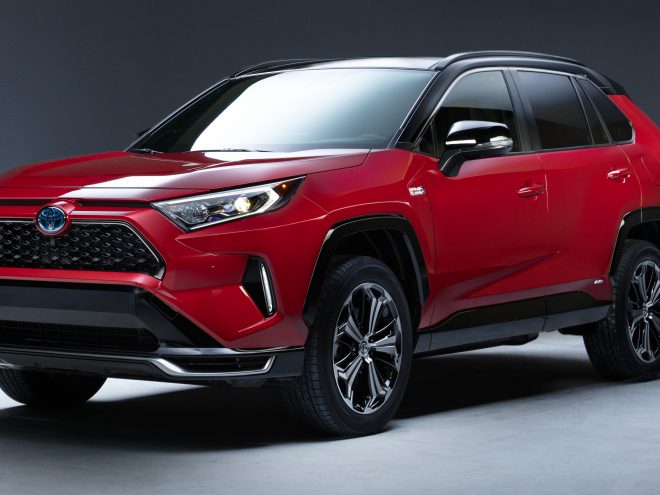
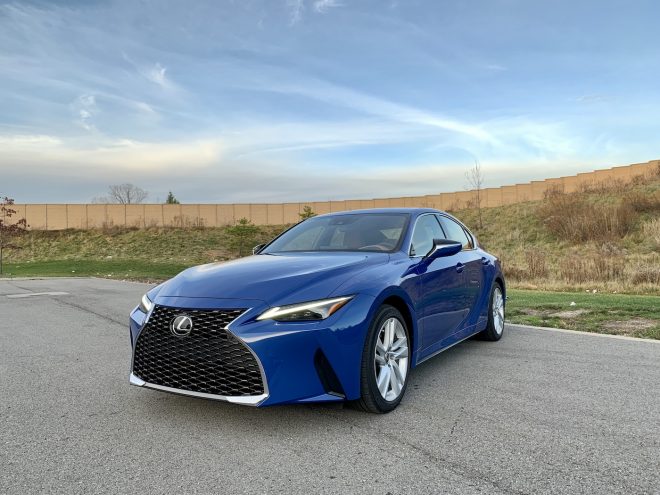

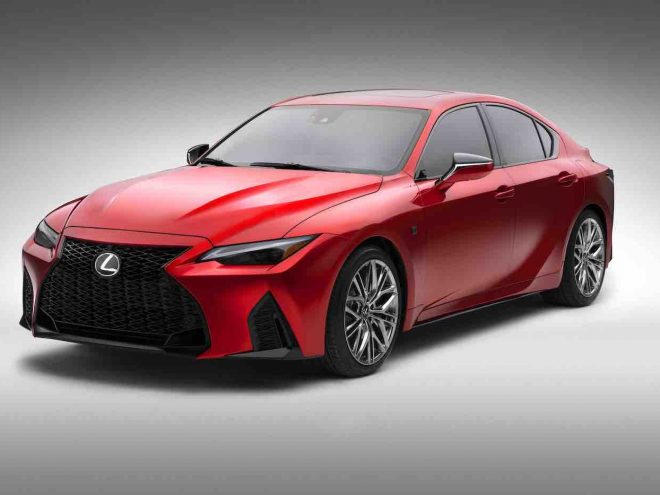



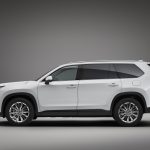
[…] colors, Moonbeam Beige Metallic and Nori Green Pearl, a popular exterior color first used on the Lexus UX. To further distinguish the exterior of the RX, two new wheel designs are were introduced: an […]
[…] Based on the rear end picture provided with the release, we’re expecting a lot of Lexus UX influence in the design. The unified taillight wing illumination is one of our favorite design features of the Lexus UX. […]
This is an explosive idea; this is most probably the best and most successful thing about road test 2019 lexus ux 250h. I love this blog and really happy to come across this exceptionally well written content. Thanks for sharing!!
Thank you for sharing this information about road test 2019 Lexus ux 250h. It was useful and interesting. You indeed have written it in a layman way so that anyone can understand and work accordingly. You have done a great job.